Spring gardens offer endless possibilities for creating vibrant outdoor spaces that celebrate the season's renewal. From sustainable native plant designs to container arrangements bursting with color, the trends for 2025 emphasize connecting with nature while creating beautiful, functional landscapes. Whether you have a sprawling yard or a compact balcony, these garden ideas blend current design trends with timeless appeal. Each concept focuses on creating complete environments rather than individual plant selections, ensuring cohesive designs that work as unified outdoor living spaces throughout the growing season.

1. Native Wildflower Meadow Garden
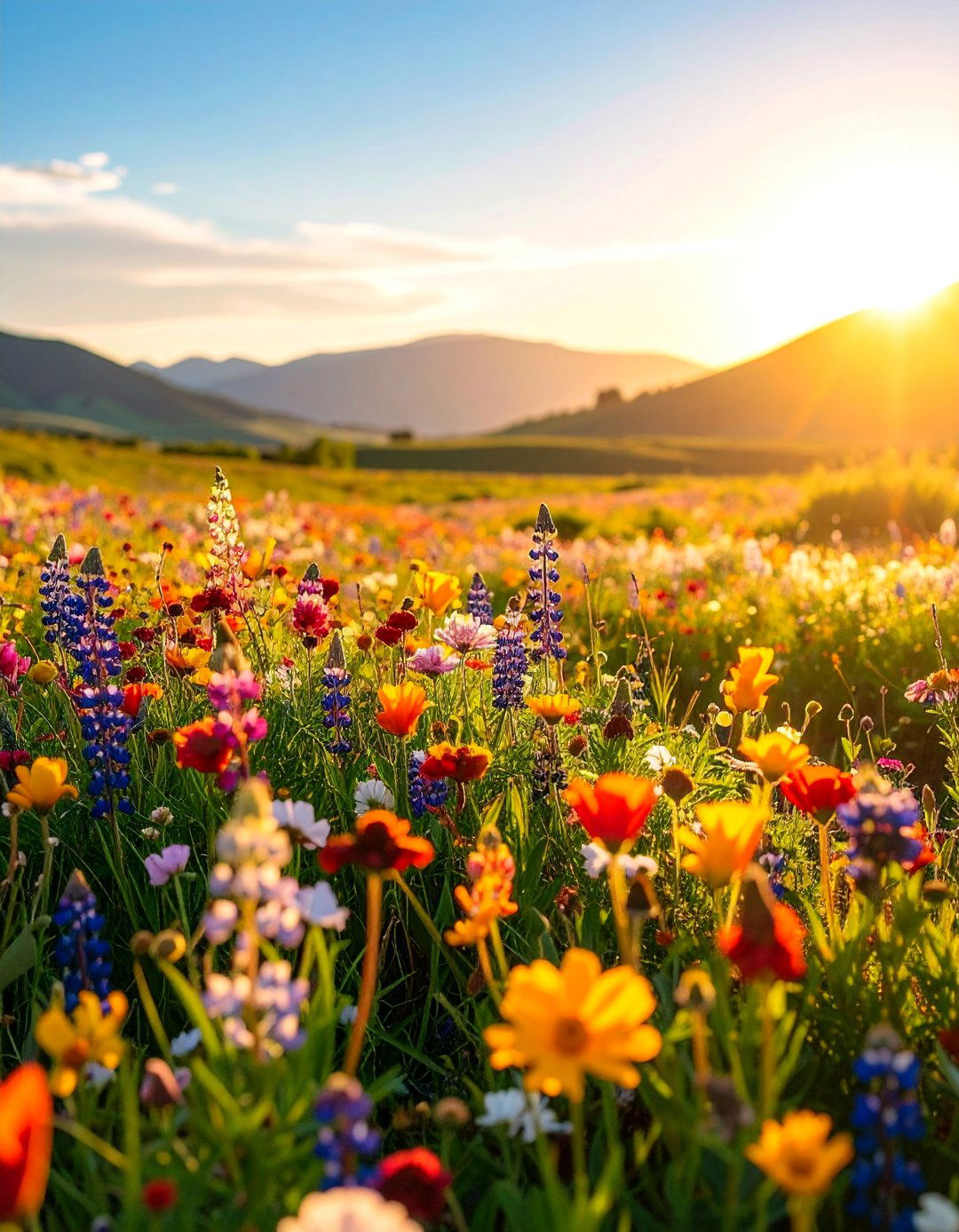
Create an enchanting naturalistic space that mimics local ecosystems while supporting biodiversity. This design features drifts of indigenous flowering plants like native asters, black-eyed susans, and regional grasses arranged in organic patterns. The meadow garden requires minimal maintenance once established, making it perfect for sustainable gardening practices. Layer different heights from groundcover wildflowers to tall prairie grasses, allowing natural self-seeding for authentic meadow development. Include native shrubs like elderberry or native roses as anchor points. This approach supports local pollinators, birds, and beneficial insects while creating a dynamic landscape that changes with seasons and weather patterns.
2. Spring Bulb Symphony Garden

Design a spectacular early-season display using carefully planned bulb combinations for extended blooming periods. Plant tulips, daffodils, crocuses, and hyacinths in sweeping drifts across garden beds, timing varieties for continuous color from late winter through late spring. Interplant with emerging perennials like hostas and astilbe that will fill space as bulbs fade. Create focal points with specimen trees such as flowering magnolias or ornamental cherries. Add structural elements like decorative containers filled with forced bulbs for moveable color accents. Include early-blooming ground covers like winter aconite to extend the flowering season and create seamless transitions between different bloom times.
3. Container Pollinator Paradise

Transform patios and small spaces into pollinator havens using strategic container arrangements filled with bee and butterfly-friendly plants. Combine native flowering plants like bee balm, purple coneflower, and catmint in large decorative planters for maximum impact. Include herbs such as lavender, oregano, and thyme that serve dual purposes as culinary ingredients and pollinator magnets. Add trailing plants like sweet alyssum to soften container edges. Create height variation using plant stakes or small trellises for climbing varieties. Position containers at different elevations to create visual interest while ensuring easy access for maintenance. This approach works perfectly for renters or those with limited garden space.
4. Edible Landscape Integration
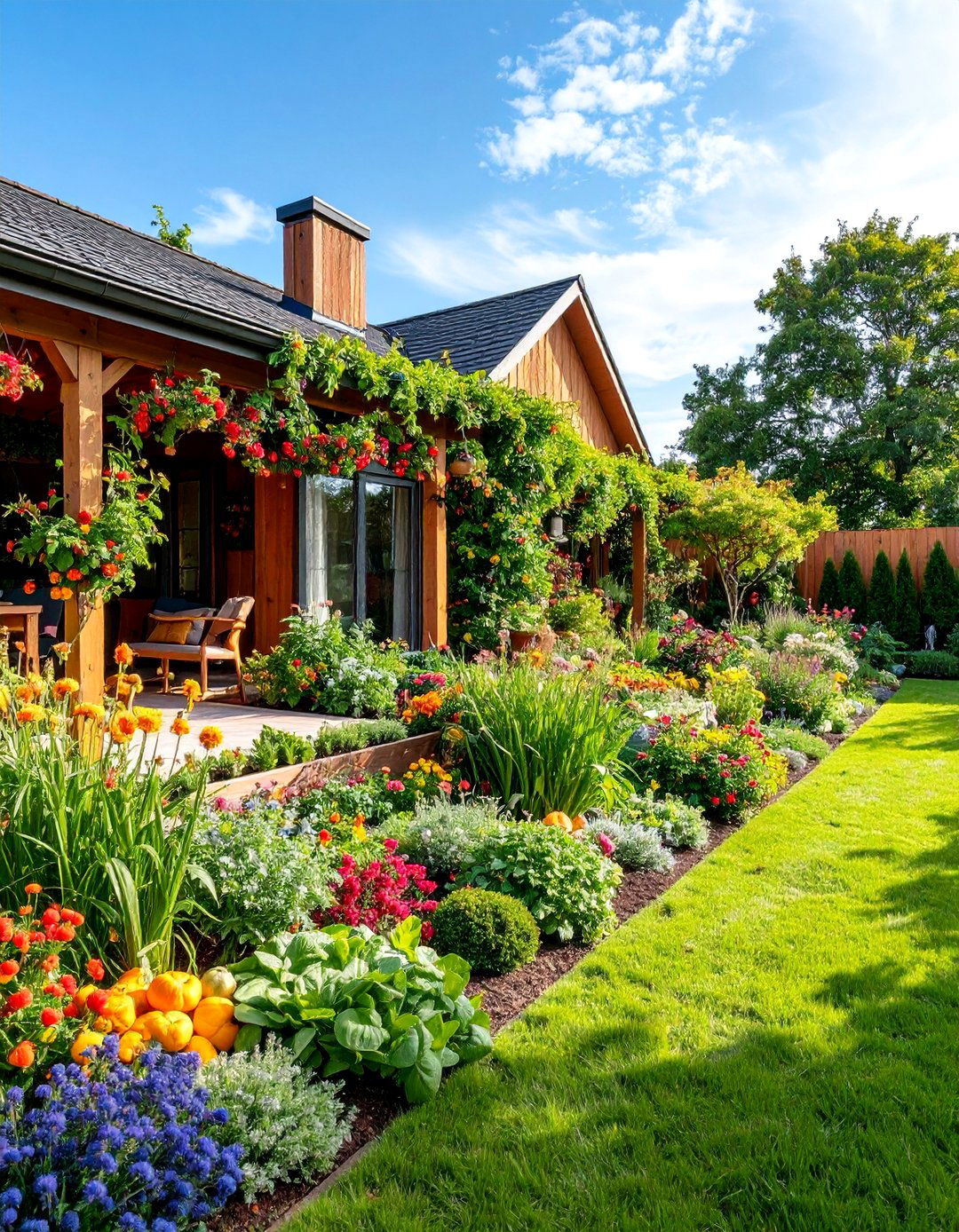
Seamlessly blend productive plants with ornamental elements to create beautiful, functional garden spaces that provide fresh ingredients throughout the growing season. Replace traditional landscape shrubs with berry bushes like blueberries and elderberries that offer spring flowers, summer fruit, and autumn color. Edge garden beds with colorful lettuce varieties, rainbow chard, and ornamental kale for continuous harvest potential. Train espaliered fruit trees against fences or walls for space-efficient production. Include perennial herbs like rosemary, sage, and chives that provide year-round structure while supplying cooking ingredients. Incorporate edible flowers like nasturtiums and violas to add color while providing garnishes for culinary creations.
5. Monochromatic Spring Elegance

Create sophisticated garden spaces using single-color palettes that emphasize texture, form, and seasonal interest over bold color contrasts. Choose one primary hue like soft yellow, pure white, or deep purple, then select plants offering different shades and tones within that color family. Include varied textures through different leaf shapes, flower forms, and plant habits to maintain visual interest without color variation. Add structural elements like decorative grasses, interesting bark patterns, or architectural foliage to provide contrast. This approach creates calming, refined spaces perfect for meditation gardens or contemporary landscape designs while still celebrating spring's abundant flowering season.
6. Cottage Garden Spring Revival
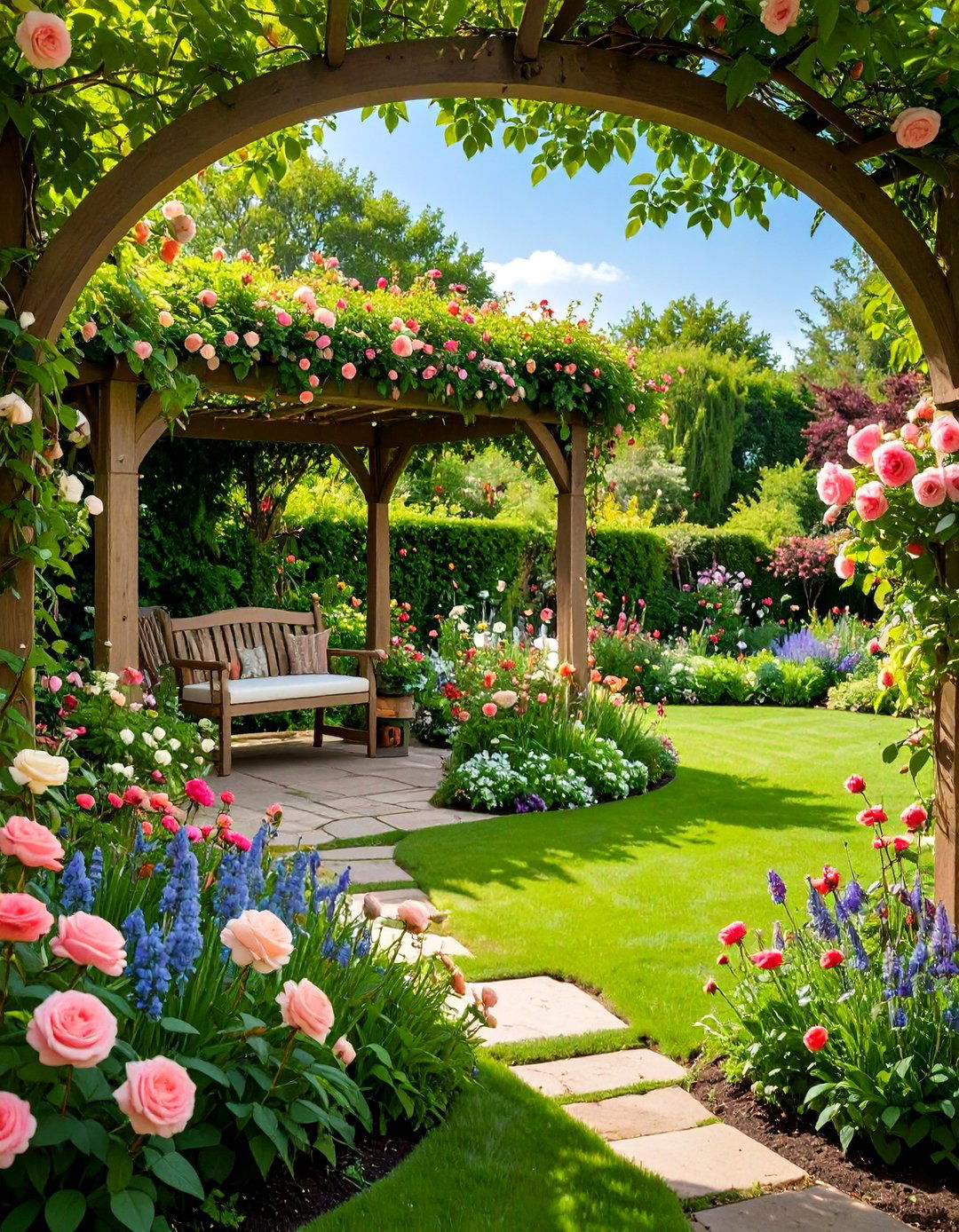
Design charming, romantic garden spaces that capture traditional cottage garden charm while incorporating spring-specific plantings for early-season interest. Mix perennial favorites like peonies, delphiniums, and lupines with spring bulbs and early-flowering annuals. Create informal planting schemes with curved bed edges and mixed plant heights for authentic cottage garden appeal. Include climbing roses on arbors or trellises alongside spring-flowering clematis varieties. Add functional elements like herb borders with parsley, chives, and early lettuce varieties. Incorporate picket fencing, gravel paths, and vintage garden accessories to enhance the nostalgic atmosphere while providing practical garden structure and accessibility throughout the growing season.
7. Minimalist Native Zen Garden

Develop serene, low-maintenance garden spaces emphasizing clean lines, native plant selections, and sculptural elements for contemporary landscape appeal. Choose drought-tolerant native plants with interesting architectural forms like ornamental grasses, native sedums, and structural perennials. Create geometric planting patterns with ample negative space between plant groupings. Include natural materials like local stone, weathered wood, or corten steel for hardscape elements. Add a single water feature or sculptural focal point for meditation focus. This design philosophy reduces maintenance requirements while supporting local ecosystems and creating peaceful outdoor retreat spaces perfect for contemplation and stress relief.
8. Spring Herb Sanctuary Design

Establish aromatic garden spaces dedicated to culinary and medicinal herbs that provide year-round interest while supplying fresh ingredients for cooking and natural remedies. Design raised beds or terraced areas for optimal drainage and easy harvesting access. Include perennial herbs like rosemary, thyme, and oregano alongside annual varieties such as basil, cilantro, and dill. Create themed sections for different culinary traditions like Mediterranean, Asian, or Mexican herb combinations. Add seating areas surrounded by fragrant plants like lavender and lemon balm for sensory garden experiences. Include preservation and drying areas with pergolas or covered spaces for processing harvests throughout the growing season.
9. Woodland Shade Transformation

Convert challenging shaded areas into lush, inviting garden spaces that celebrate spring's woodland ephemerals and shade-loving perennials. Plant early-blooming bulbs like trout lily, bloodroot, and wood anemone for spring color before tree canopies fully develop. Include shade perennials such as hostas, astilbe, and coral bells for season-long interest. Add layered plantings with understory shrubs like native azaleas, spicebush, or witch hazel. Create meandering paths using natural materials like wood chips or flagstone to encourage exploration. Include water features or bird baths to attract wildlife while adding sound elements that enhance the peaceful woodland atmosphere.
10. Vertical Spring Garden Systems
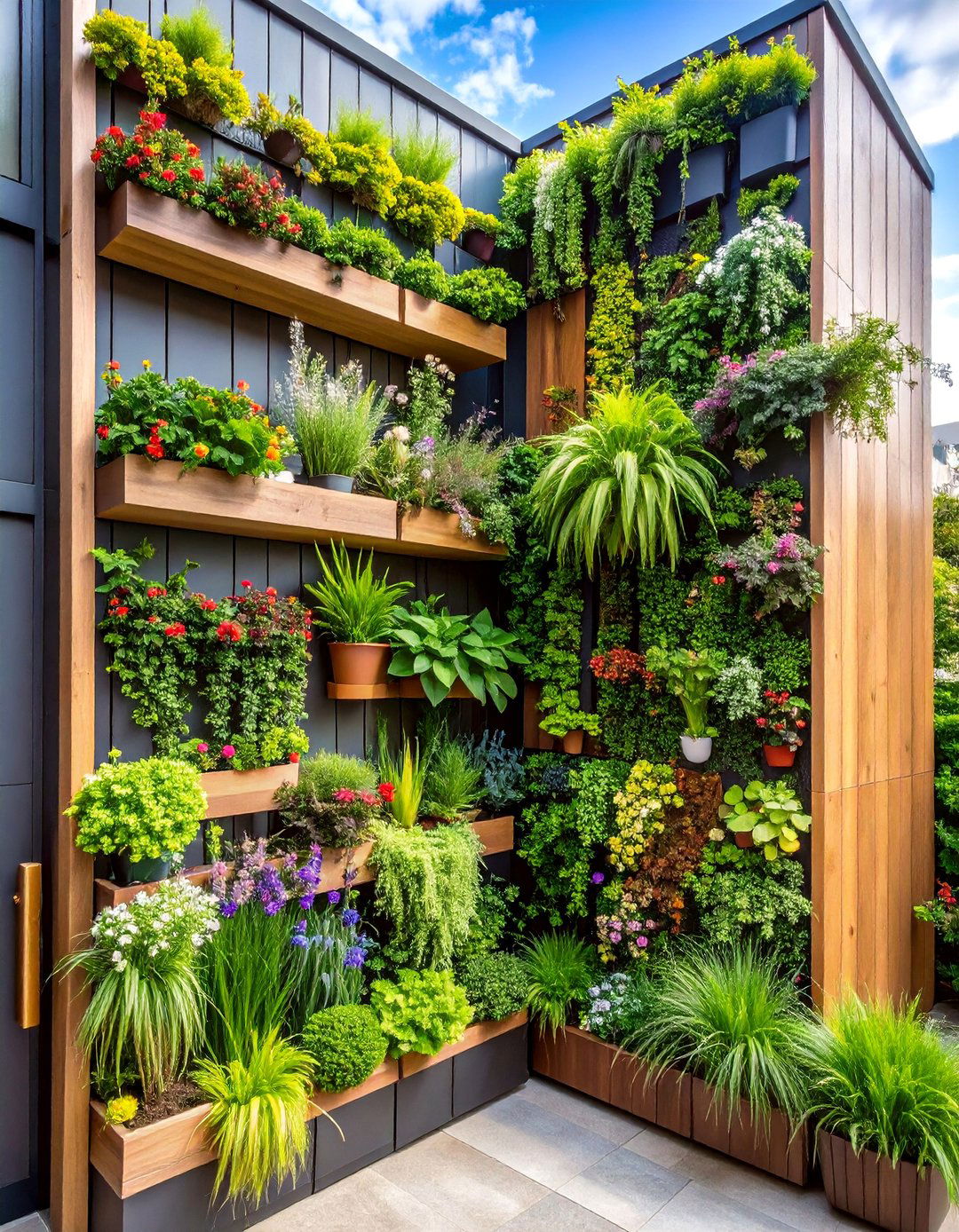
Maximize limited space by creating upward-growing garden displays using walls, fences, and trellises for extensive planting opportunities in compact areas. Install modular planting systems, living walls, or tiered container arrangements for efficient space utilization. Include climbing plants like sweet peas, morning glories, and clematis for rapid vertical coverage. Add hanging baskets and wall-mounted planters filled with trailing varieties and spring flowers. Create living privacy screens using fast-growing annual vines combined with permanent structural plantings. This approach works perfectly for urban settings, balconies, or small yards where ground space is limited but vertical opportunities abound.
11. Cut Flower Garden Paradise
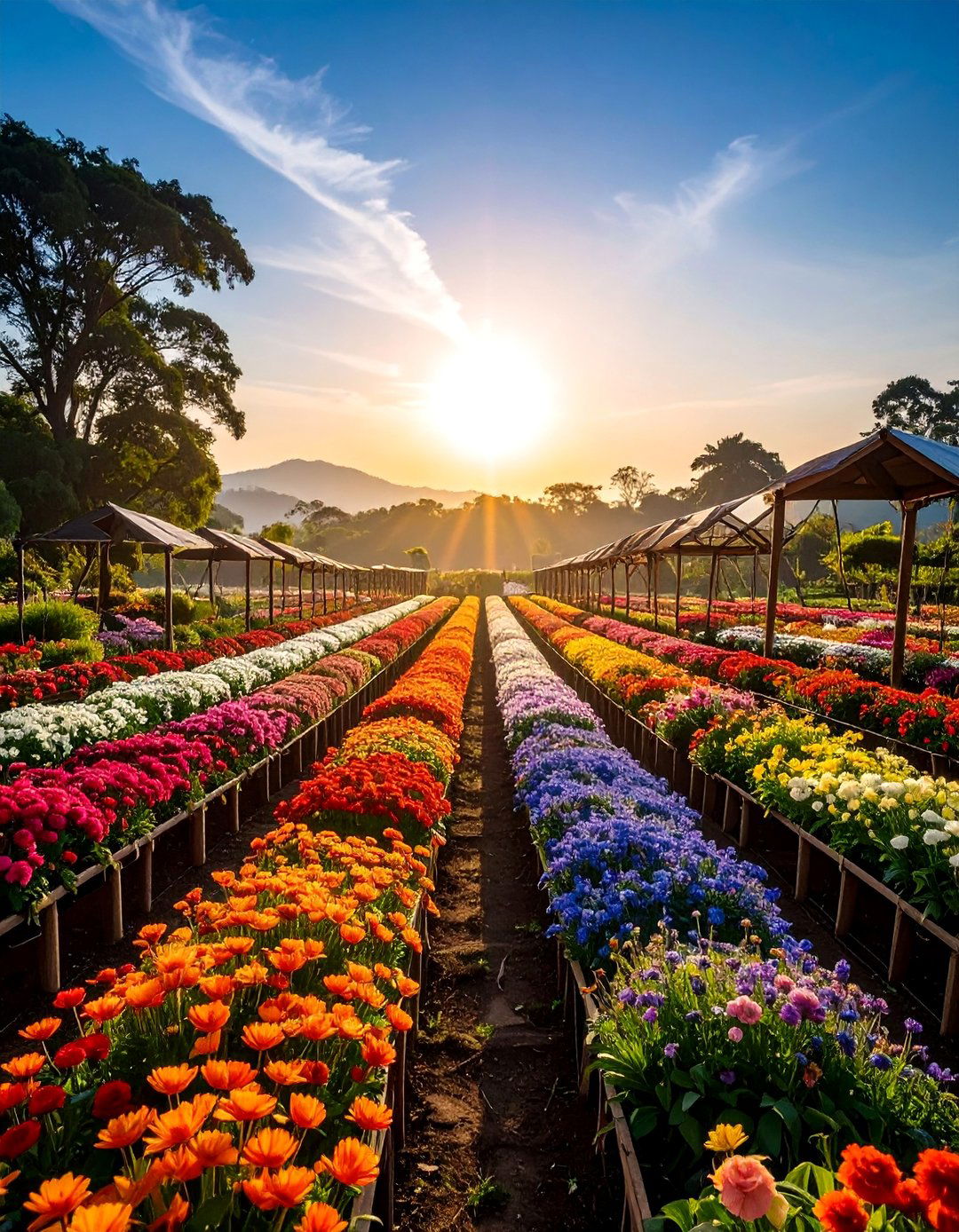
Design dedicated garden areas specifically for producing fresh flowers for indoor arrangements and special occasions throughout the spring and summer seasons. Plant rows of easy-cutting flowers like zinnias, cosmos, sunflowers, and dahlia varieties for abundant harvests. Include spring bulbs such as tulips and daffodils for early cutting opportunities. Add support structures like bamboo stakes or peony rings for tall-stemmed varieties. Create dedicated cutting stations with water sources and tool storage for convenient harvest activities. Include preserving areas for drying flowers and seed collection. Plan succession plantings to ensure continuous bloom availability from spring through fall for ongoing floral arrangements.
12. Rain Garden Spring Design

Create environmentally beneficial garden areas that manage stormwater runoff while providing beautiful spring displays using water-loving native plants. Design gentle depressions or bioswales that capture and filter rainwater naturally. Plant moisture-tolerant species like cardinal flower, blue flag iris, and native sedges that thrive in varying water conditions. Include spring-blooming trees like red maple or serviceberry for overhead canopy. Add decorative stones or driftwood for visual interest during dry periods. This sustainable approach reduces erosion, filters pollutants, and creates habitat while solving drainage problems. Position near downspouts or natural water flow patterns for maximum effectiveness and environmental benefit.
13. Alpine Rock Garden Spring
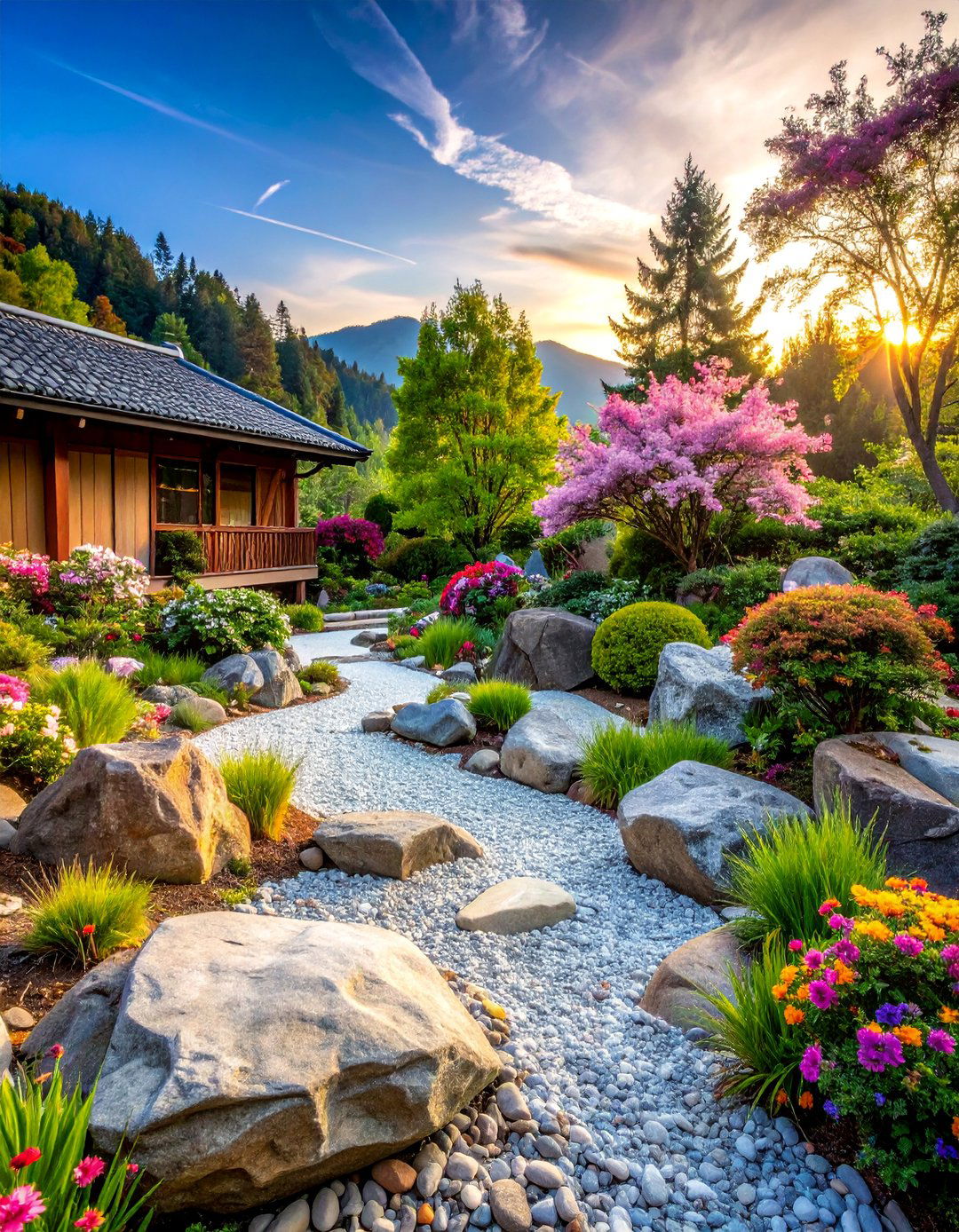
Develop well-draining garden areas featuring spring-blooming alpine plants and rocky terrain that mimics mountain meadow conditions in residential landscapes. Create raised beds or natural-looking rock outcropping using local stone materials. Plant early-blooming alpines like pasque flowers, alpine forget-me-nots, and rock cress for spring color. Include structural elements like dwarf conifers and ornamental grasses for year-round interest. Add gravel mulch for authentic appearance and improved drainage. Create microclimates using rock placement and elevation changes. This specialized garden type requires excellent drainage but rewards gardeners with unique spring displays and interesting plant collections that perform well in challenging growing conditions.
14. Fragrant Spring Garden Oasis
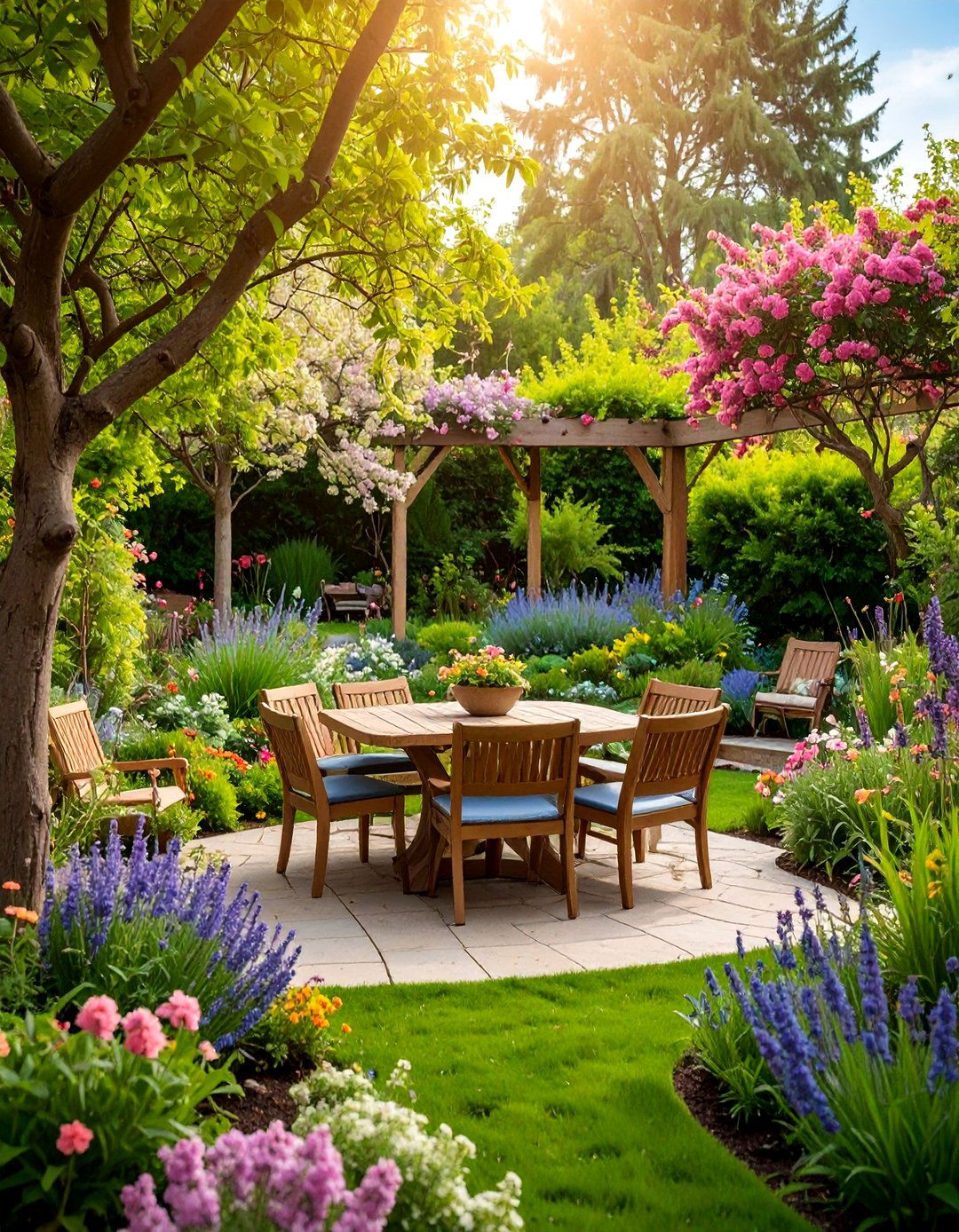
Design sensory garden spaces emphasizing aromatic plants that fill spring air with delightful fragrances from flowers, foliage, and herbs throughout the growing season. Include spring-blooming shrubs like lilac, mock orange, and sweet almond for major fragrance impact. Plant aromatic perennials such as peonies, lily-of-the-valley, and sweet rocket for ground-level scents. Add herb borders featuring mint, lemon balm, and scented geraniums for touchable fragrance experiences. Include evening-scented plants like four o'clocks and night-blooming jasmine for after-dark enjoyment. Create seating areas positioned to capture prevailing breezes that distribute fragrances throughout the garden space for maximum sensory impact.
15. Children's Discovery Garden Adventure
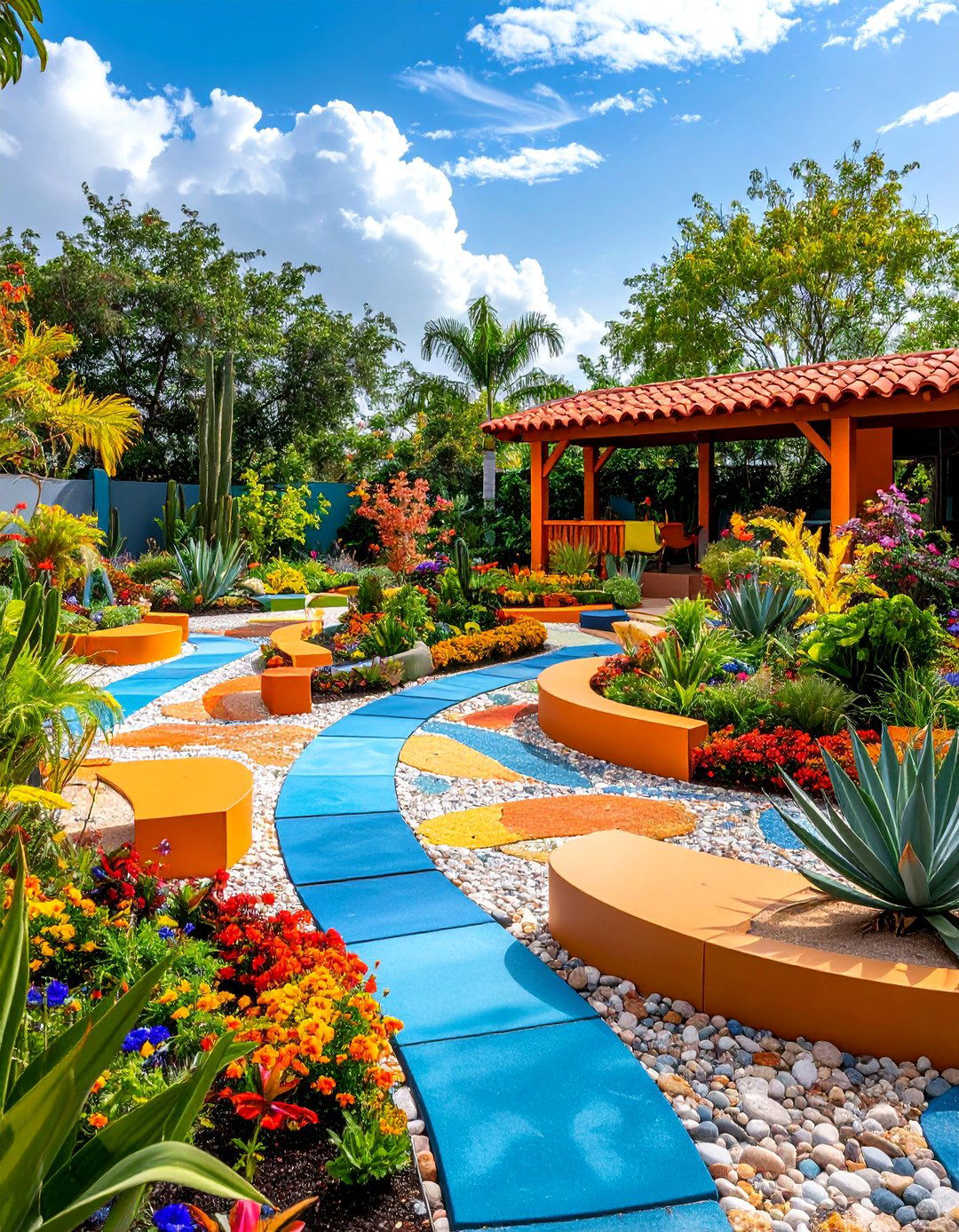
Create educational and engaging garden spaces designed specifically for young gardeners to explore, learn, and develop lifelong gardening interests through hands-on experiences. Include fast-growing plants like sunflowers, beans, and radishes for quick gratification and visible results. Add sensory elements such as lamb's ear, ornamental grasses, and textured plants for tactile exploration. Create themed areas like pizza gardens with tomatoes, basil, and oregano, or butterfly gardens with specific pollinator plants. Include child-sized tools, watering stations, and seating areas appropriate for small gardeners. Add educational signage, measuring stations, and observation areas that encourage scientific thinking and nature appreciation while providing safe, age-appropriate gardening challenges.
16. Tropical Container Garden Drama

Transform outdoor spaces using bold, exotic plants in containers that create vacation-like atmospheres while remaining suitable for temperate climate growing conditions. Combine large-leafed plants like elephant ears, banana plants, and coleus varieties for dramatic foliage effects. Add bright flowering plants such as hibiscus, mandevilla, and bougainvillea for vibrant color accents. Include ornamental grasses like papyrus or fountain grass for movement and texture. Use decorative containers in warm earth tones or bright colors to enhance the tropical theme. Create layered arrangements with varying heights and textures. Plan for seasonal transitions by selecting plants that can overwinter indoors or treating tropical elements as annual investments.
17. Mediterranean Spring Garden Retreat
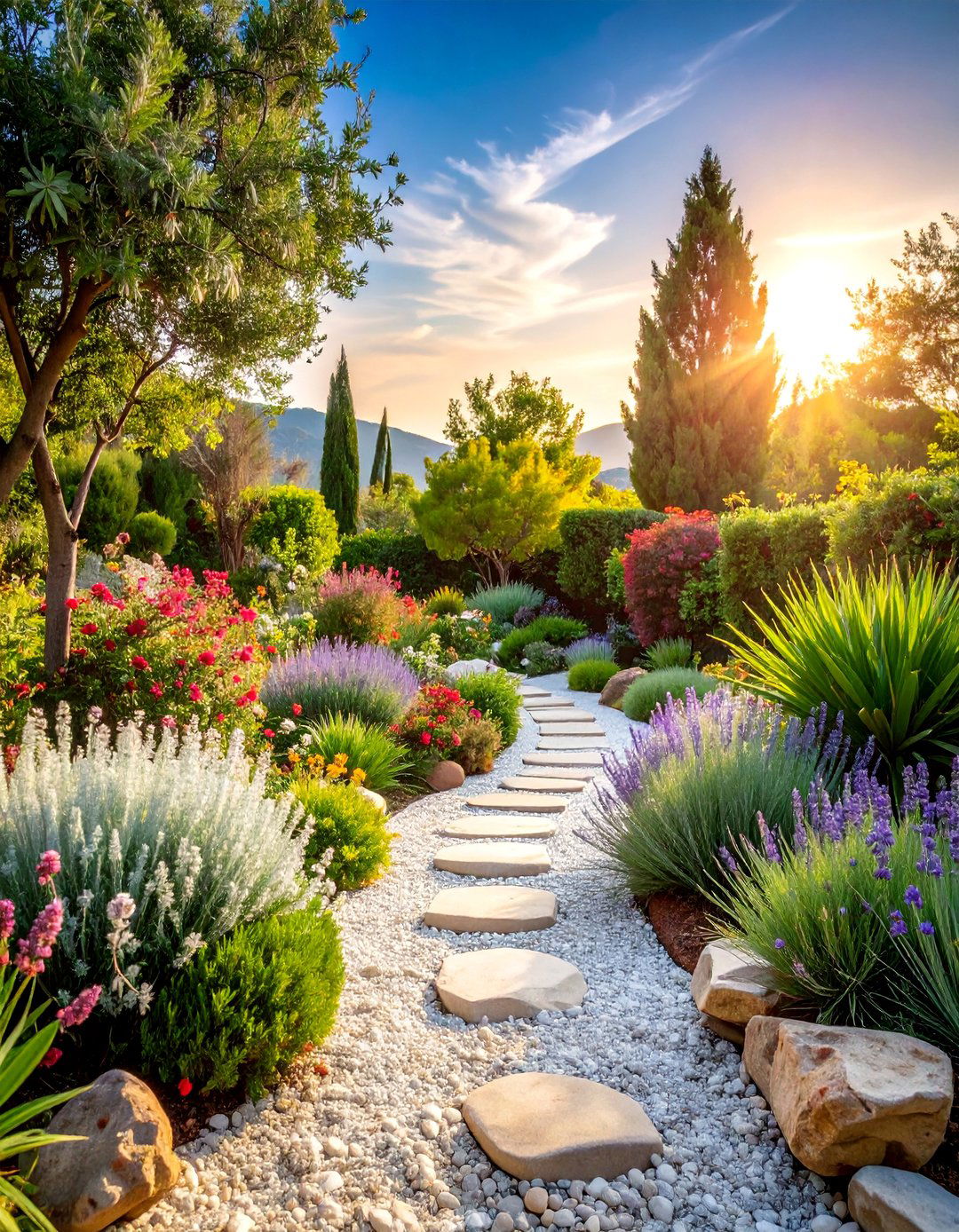
Design drought-tolerant garden spaces inspired by Mediterranean landscapes that emphasize silver-leafed plants, aromatic herbs, and spring flowering bulbs adapted to dry conditions. Include structural plants like lavender, rosemary, and olive trees for permanent framework. Add spring bulbs such as alliums, grape hyacinths, and species tulips that naturalize well in dry conditions. Create gravel paths and patios using natural stone materials for authentic Mediterranean feel. Include water-wise ornamental grasses and succulents for textural interest. Add outdoor living areas with pergolas or arbors for shade and vertical growing space. This approach conserves water while creating beautiful, low-maintenance landscapes perfect for entertaining and relaxation.
18. Prairie-Style Spring Garden

Develop expansive garden areas that capture the essence of natural prairies using native grasses and wildflowers arranged in flowing, naturalistic patterns. Plant early-blooming prairie species like shooting stars, wild lupine, and prairie smoke for spring interest before summer prairie plants dominate. Include ornamental grasses such as little bluestem, buffalo grass, and native sedge varieties for structure and movement. Create subtle elevation changes and natural-looking groupings that avoid formal garden arrangements. Add meandering paths using natural materials for access without disrupting the prairie aesthetic. This approach requires patience as prairie plants establish slowly but rewards gardeners with incredibly low-maintenance, wildlife-friendly landscapes.
19. Japanese-Inspired Spring Harmony
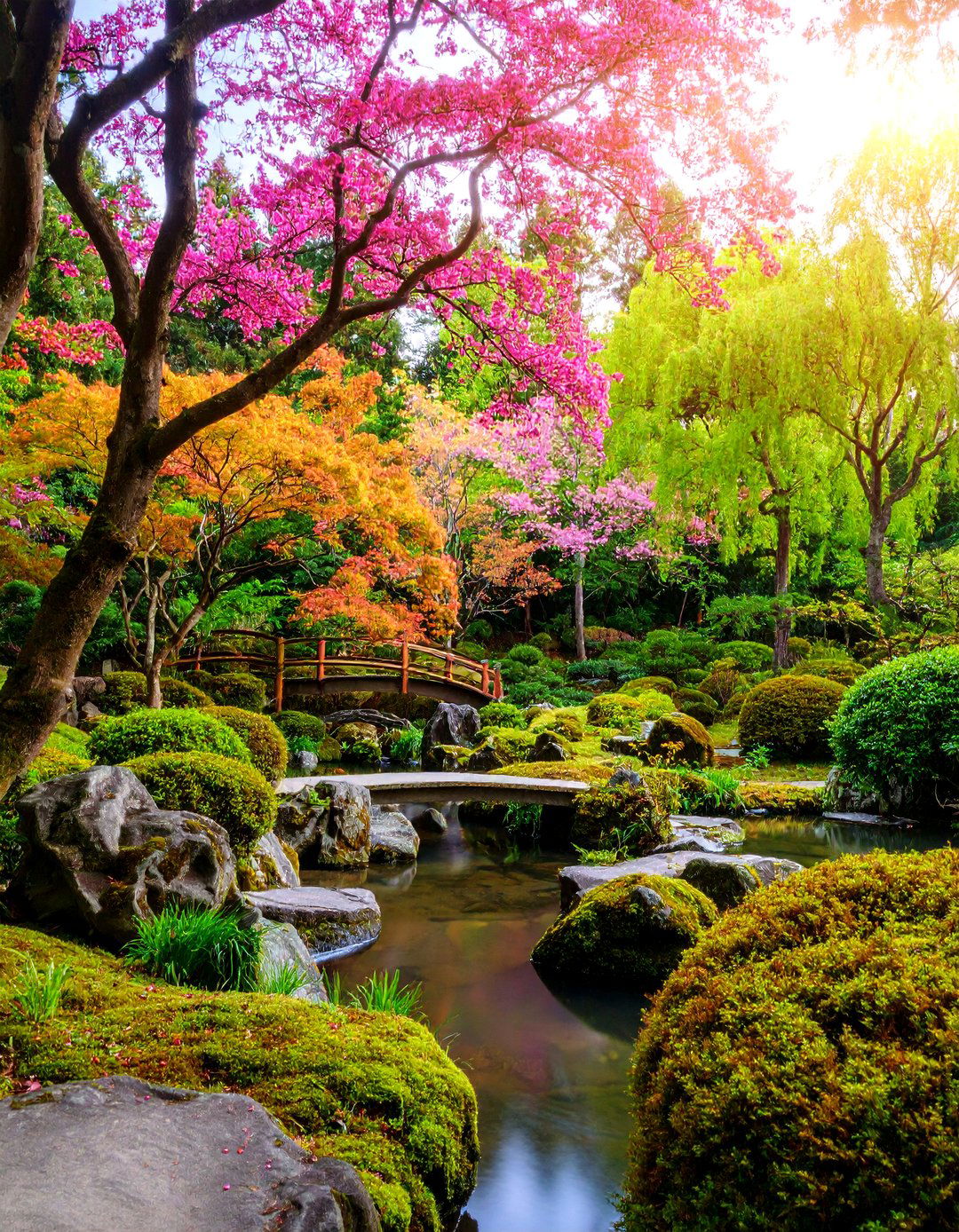
Create contemplative garden spaces using Japanese design principles that emphasize balance, seasonal beauty, and natural materials for peaceful outdoor meditation areas. Include spring-flowering trees like ornamental cherries, Japanese maples, and flowering quince as focal points. Add understory plantings of hostas, ferns, and spring ephemerals for layered interest. Create water features using bamboo fountains, small ponds, or dry stream beds for sound and movement. Include carefully placed stones, lanterns, and simple seating areas for meditation and contemplation. Use moss, gravel, and natural materials for pathways and ground cover. This design philosophy creates serene spaces perfect for stress relief and mindful outdoor experiences.
20. Spring Succession Planting System
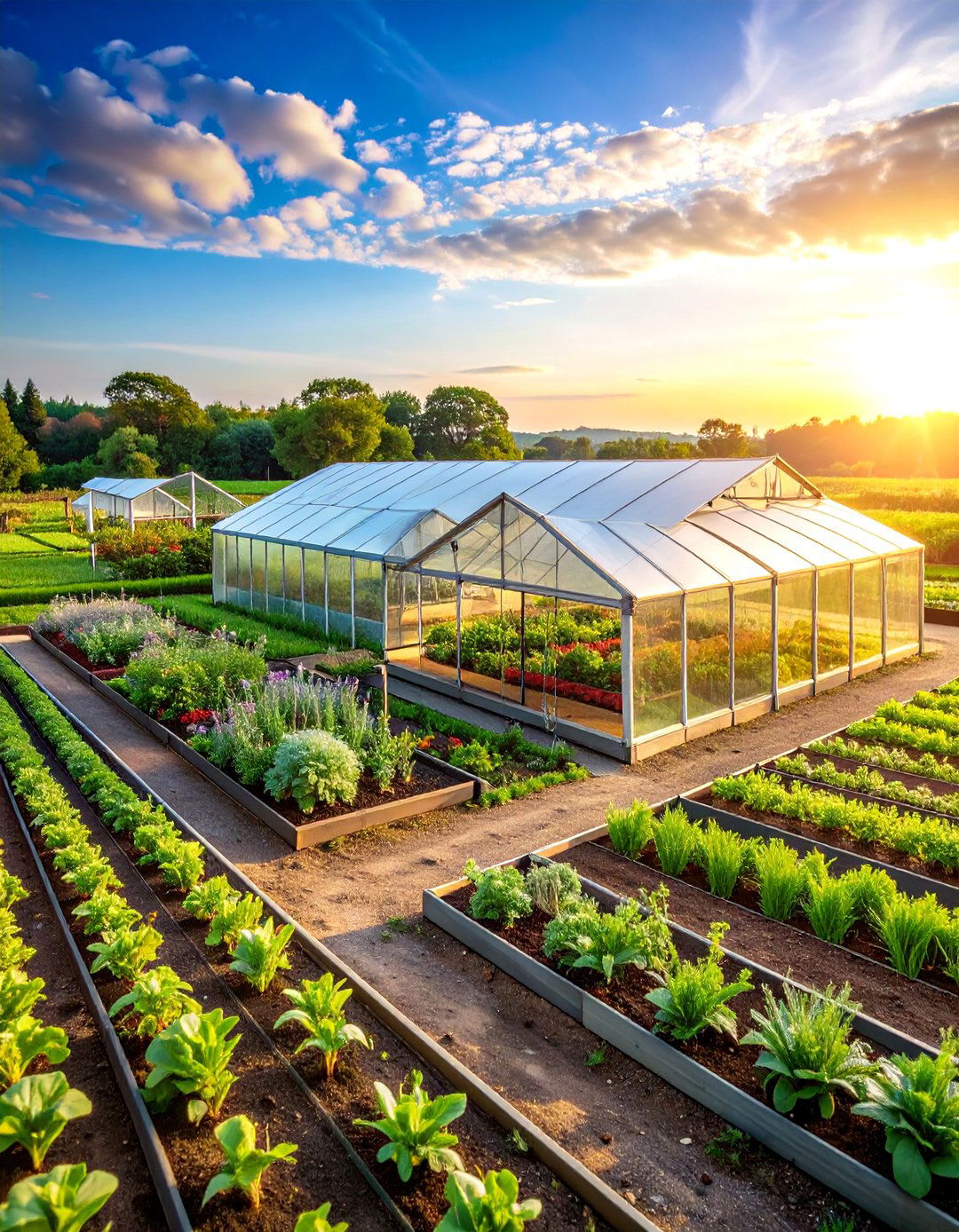
Design productive garden areas that provide continuous harvest and visual interest throughout the growing season using planned succession planting techniques for extended productivity. Plan multiple plantings of cool-season crops like lettuce, spinach, and radishes at two-week intervals for continuous harvests. Include spring bulbs with different bloom times for extended flowering periods. Add perennial vegetables like asparagus and rhubarb for reliable early-season harvests. Create dedicated areas for starting seeds and transplanting for seamless garden transitions. Include season-extending techniques like cold frames, row covers, and protected growing areas. This systematic approach maximizes garden productivity while ensuring continuous visual appeal and harvest opportunities.
21. Butterfly and Bee Haven
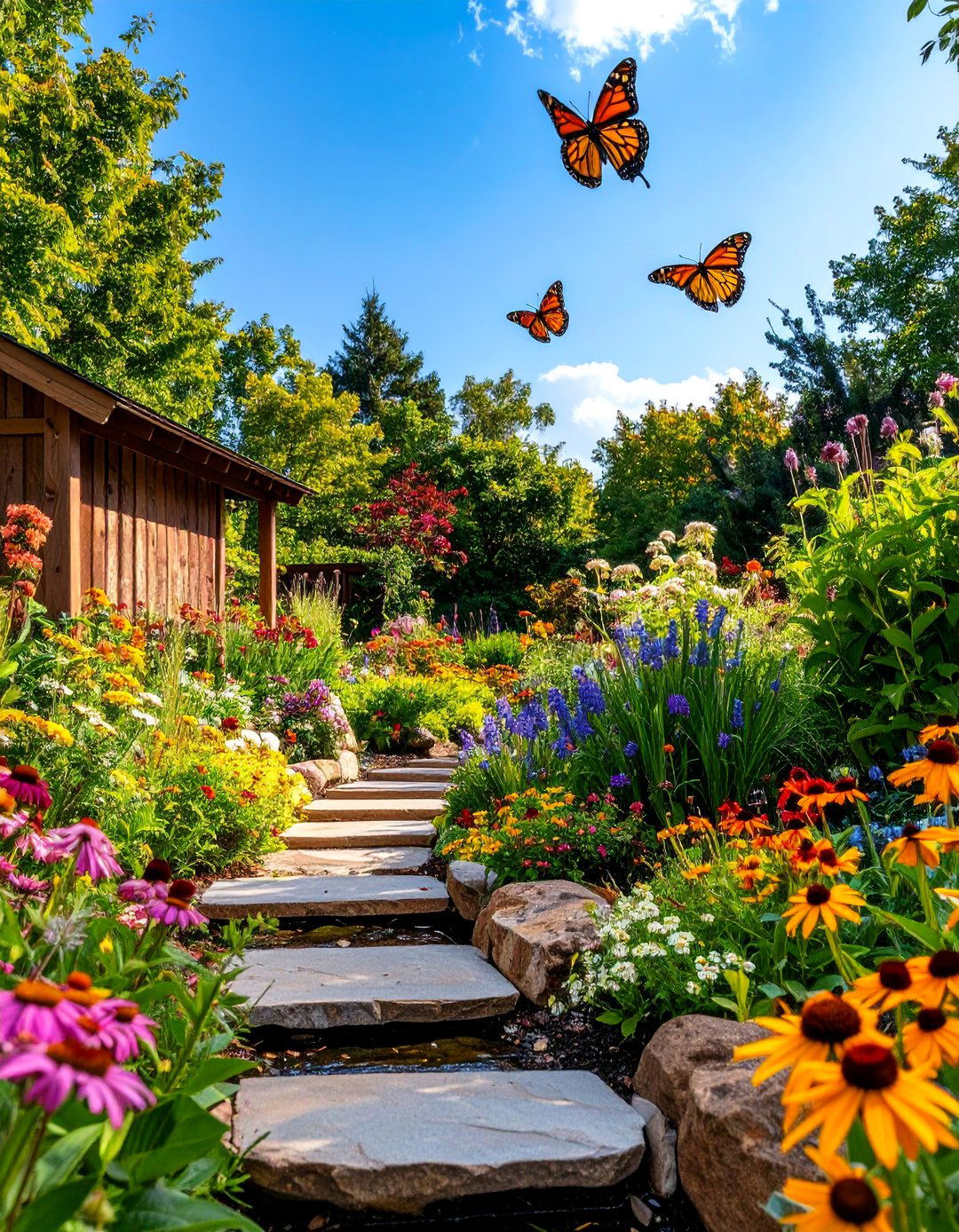
Establish specialized garden areas designed specifically to support pollinator populations using native plants that provide nectar, pollen, and habitat throughout their life cycles. Include spring-blooming trees like serviceberry and redbud for early-season nectar sources. Plant native perennials such as wild bergamot, purple coneflower, and black-eyed susan for summer-long pollinator support. Add host plants like milkweed for monarch butterflies and native grasses for ground-nesting bee species. Create water sources using shallow dishes or small ponds for pollinator hydration needs. Include undisturbed areas with native plant debris for overwintering beneficial insects. Avoid pesticide use and include diverse plant species for comprehensive pollinator support throughout seasons.
22. Modern Architectural Spring Garden
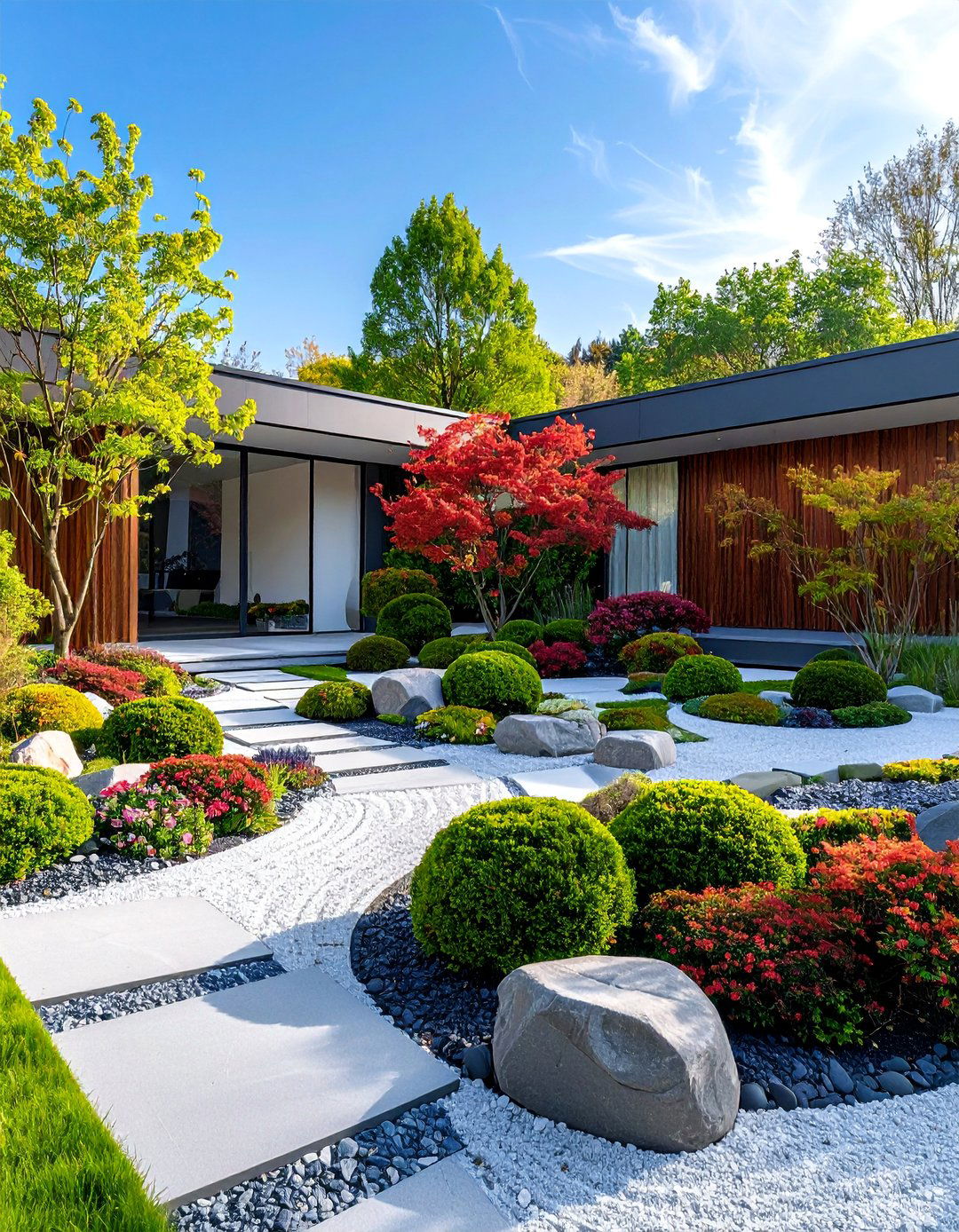
Develop contemporary garden spaces that complement modern architecture using clean lines, geometric patterns, and carefully selected plant materials for sophisticated landscape design. Create formal planting schemes using repetitive plant groupings and structural elements. Include ornamental grasses, architectural perennials, and spring bulbs arranged in geometric patterns. Add hardscape elements like concrete planters, steel edging, and minimalist water features for contemporary appeal. Use limited color palettes emphasizing foliage texture and form over abundant flowering displays. Include outdoor lighting for evening garden enjoyment and architectural emphasis. This approach creates sophisticated landscapes that complement contemporary homes while providing seasonal interest through carefully planned plant selections.
23. Rustic Farmhouse Spring Garden

Design charming, informal garden spaces that capture traditional farmhouse appeal using heirloom varieties, practical plantings, and vintage garden accessories for authentic country atmosphere. Include heritage fruit trees, berry bushes, and vegetable varieties that provide both beauty and functionality. Add cottage garden flowers like hollyhocks, sweet peas, and old-fashioned roses for romantic appeal. Create practical elements like picket fences, raised beds, and potting benches using weathered wood materials. Include herb gardens, cutting flowers, and preserving areas for traditional farmhouse activities. Add vintage accessories like galvanized containers, weathered tools, and antique garden furniture for authentic decorative elements that enhance the nostalgic farmhouse garden atmosphere.
24. Urban Balcony Spring Escape
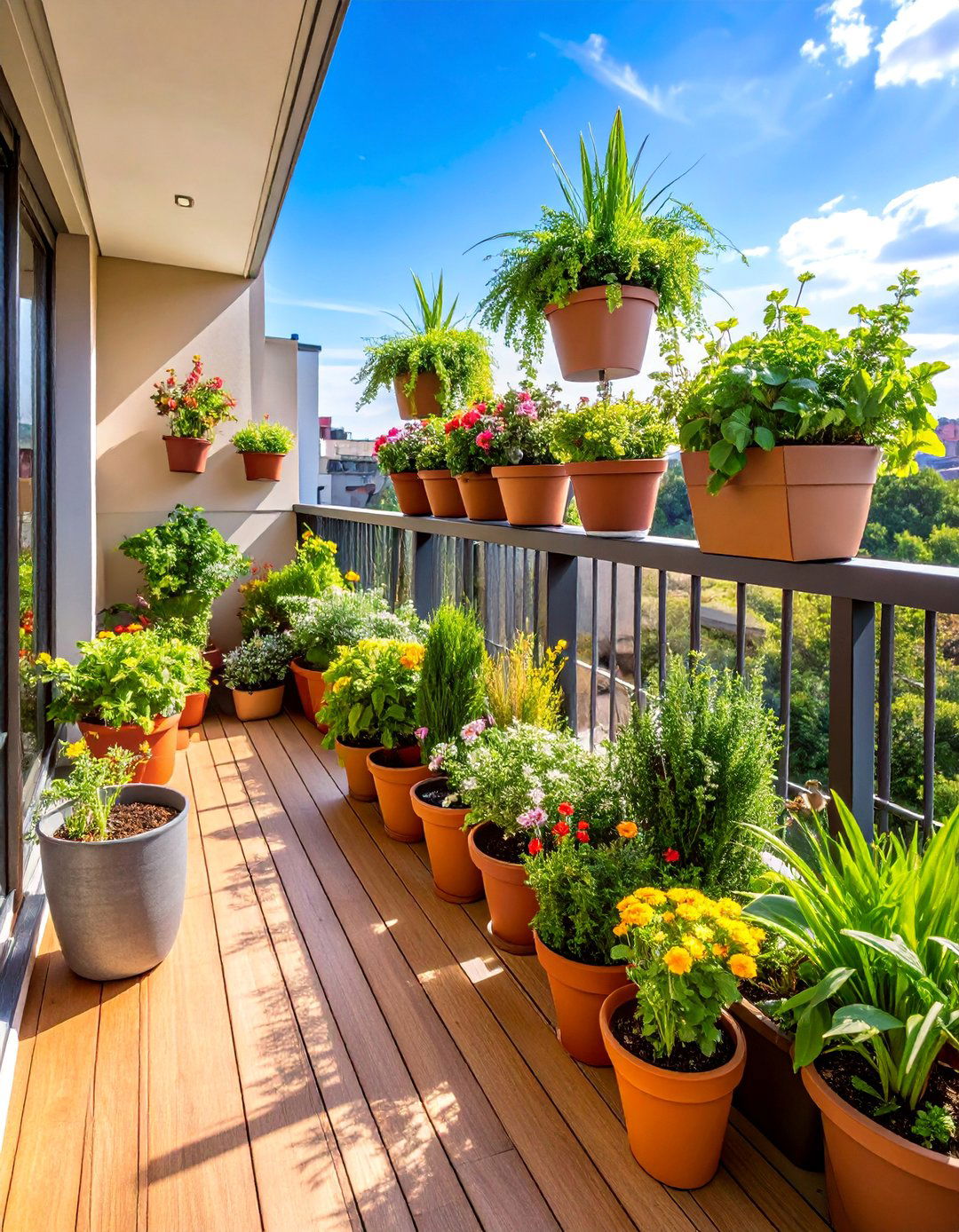
Transform small outdoor spaces into productive, beautiful garden areas using container gardening techniques specifically adapted for urban balcony and patio conditions. Select compact plants suitable for container growing including dwarf fruit trees, herbs, and spring flowering bulbs. Create vertical growing systems using wall-mounted planters, hanging baskets, and tiered plant stands for maximum space utilization. Include moveable containers for flexibility and seasonal rearrangement options. Add weather protection using screens, awnings, or portable structures for plant protection. Include water-wise irrigation systems and lightweight potting materials for practical urban gardening. This approach enables apartment dwellers and urban residents to enjoy fresh produce and beautiful flowers.
25. Therapeutic Wellness Spring Garden
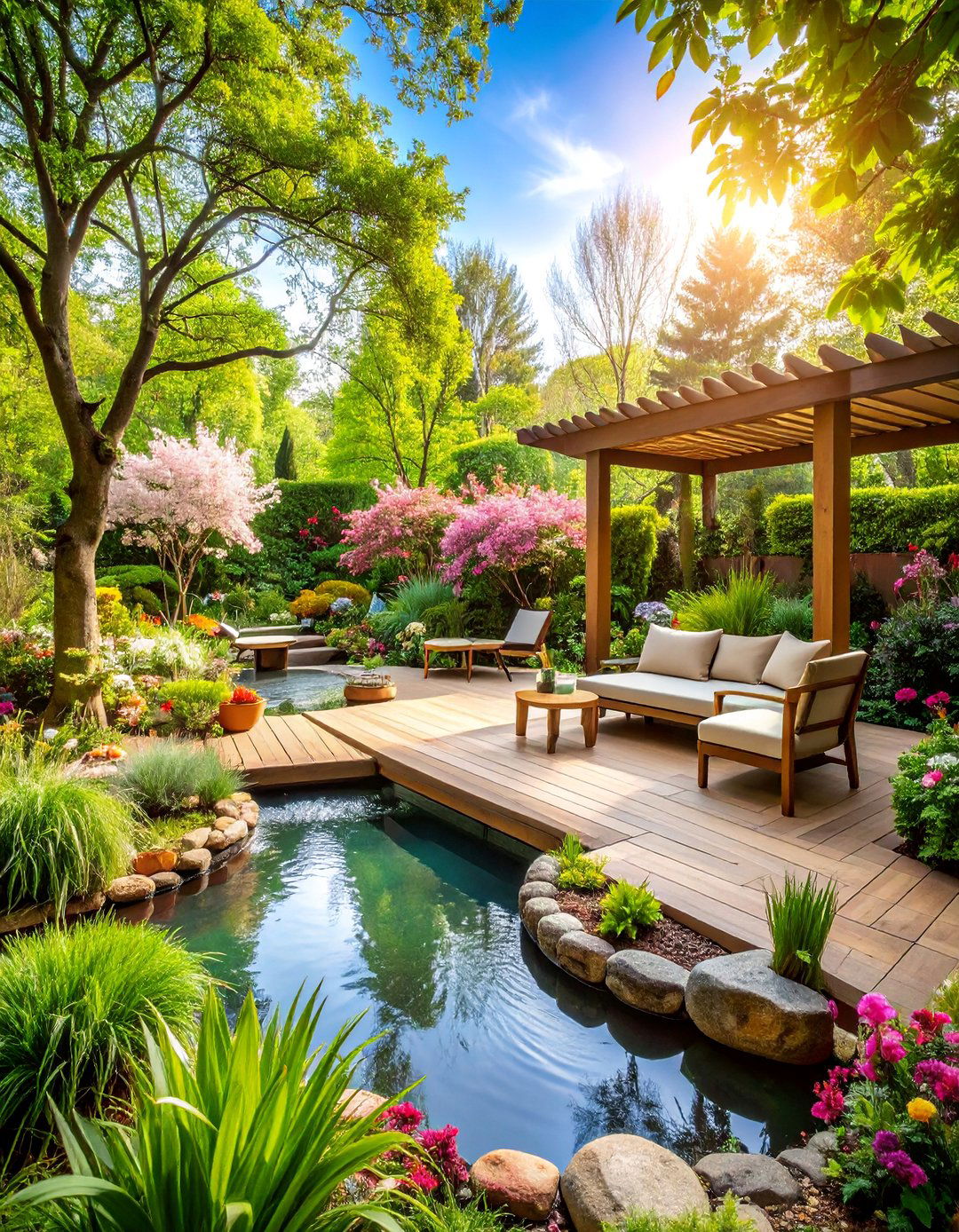
Design healing garden spaces specifically intended for stress reduction, mental health support, and physical therapy using plants and design elements that promote wellbeing. Include aromatic plants like lavender, mint, and lemon balm for aromatherapy benefits. Create accessible pathways and raised beds for gardeners with mobility limitations. Add water features for sound therapy and meditation focus. Include comfortable seating areas positioned for privacy and relaxation. Plant calming color schemes using soft blues, whites, and pale yellows for peaceful atmosphere. Include edible plants and herbs that provide gentle physical activity through harvesting and maintenance. This therapeutic approach creates supportive outdoor environments for healing and stress relief.
Conclusion:
These 25 spring garden ideas offer diverse approaches to creating beautiful outdoor spaces that celebrate the season's renewal while serving practical needs. From sustainable native plant designs to compact container solutions, each concept provides a complete framework for developing cohesive garden environments. Whether focusing on wildlife support, food production, or therapeutic benefits, these designs emphasize the importance of connecting with nature through thoughtful garden planning that works harmoniously with local conditions and personal preferences.


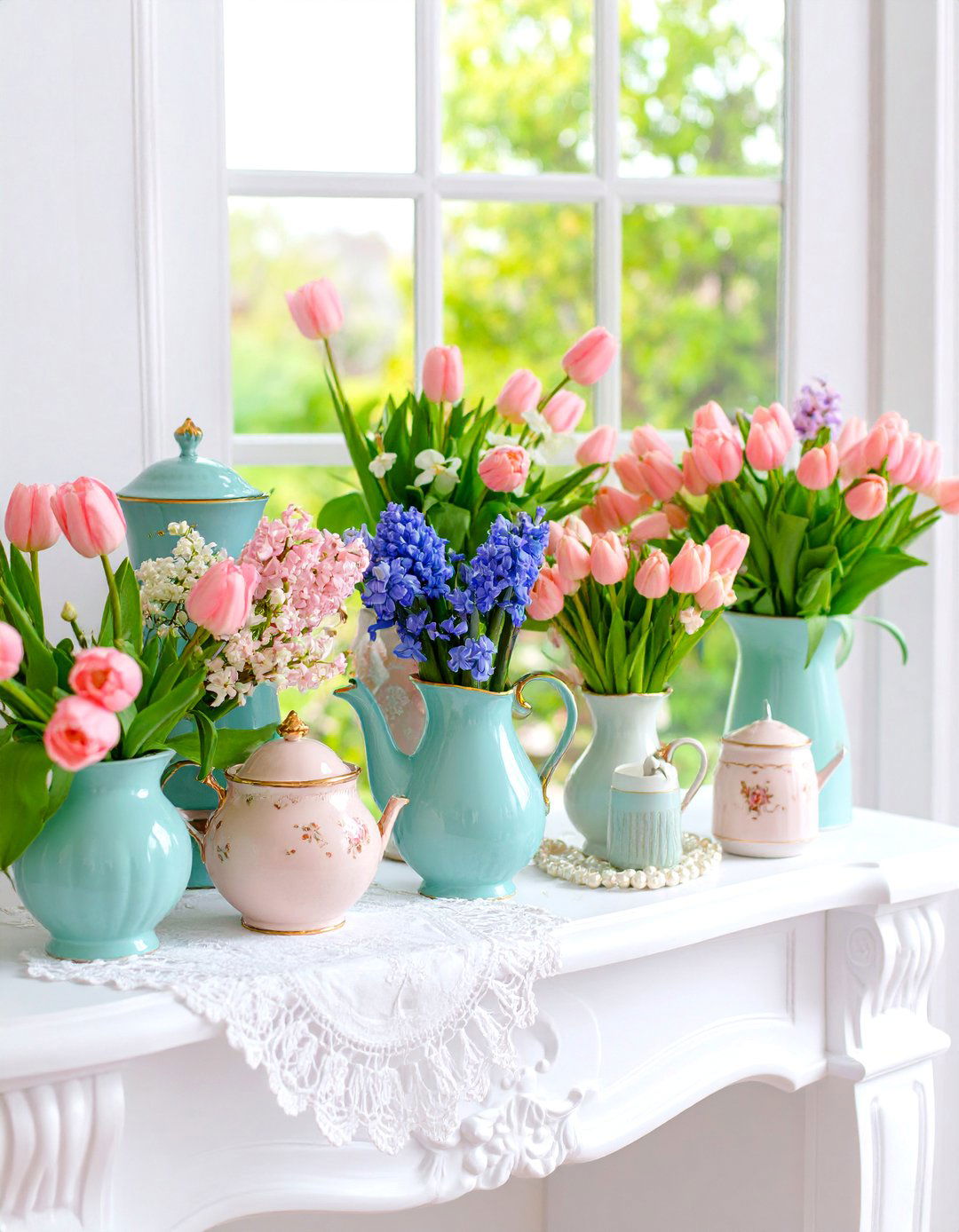
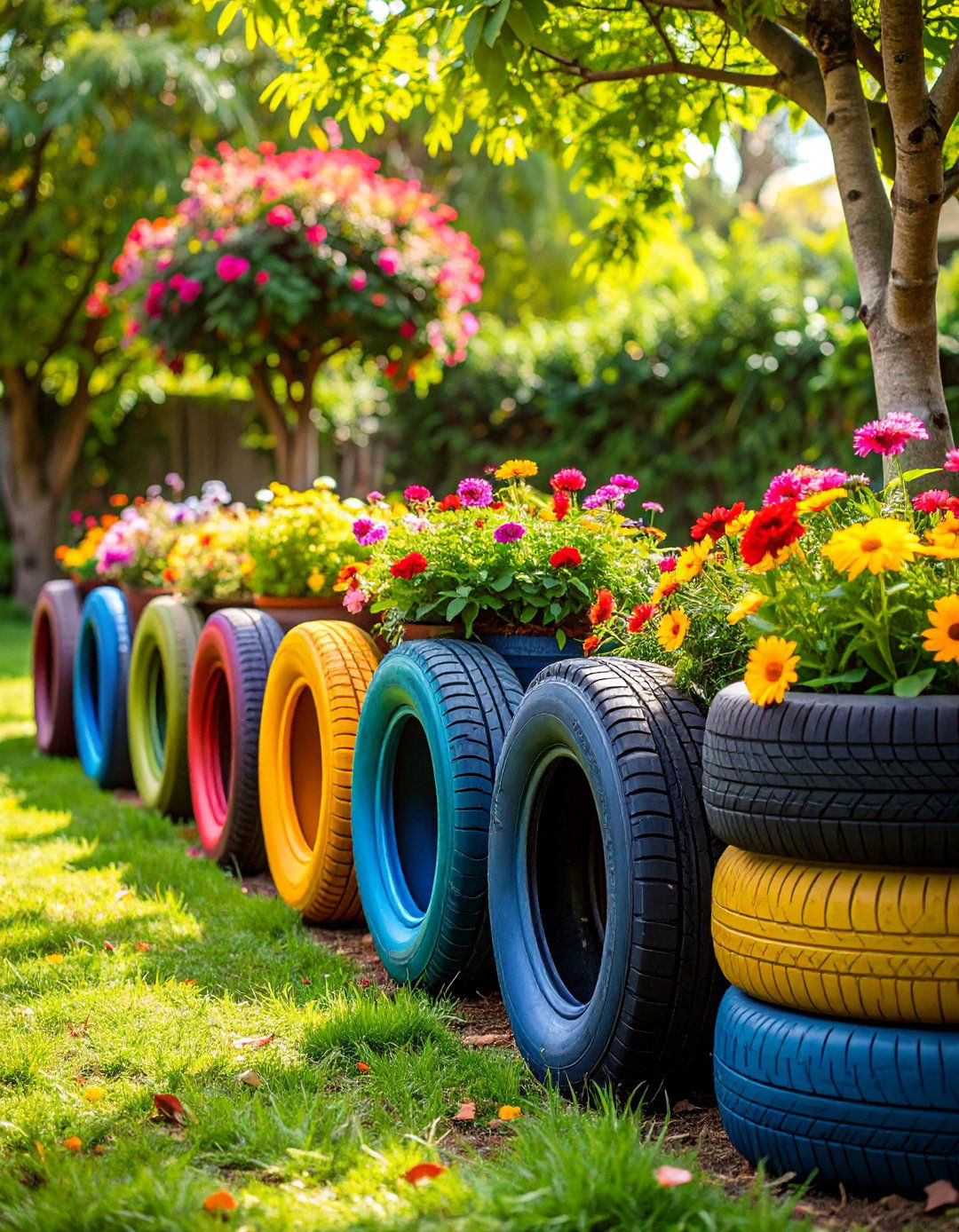

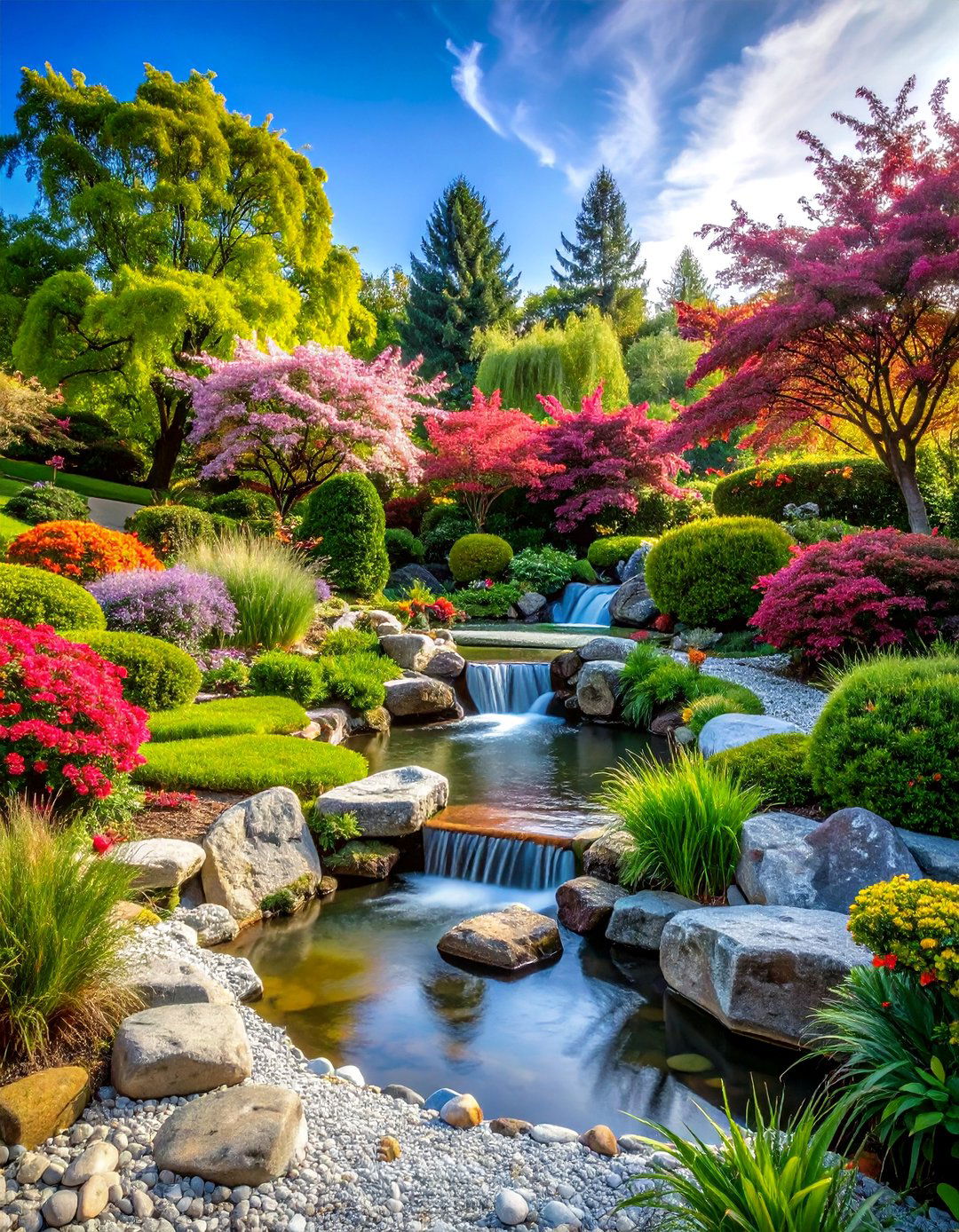
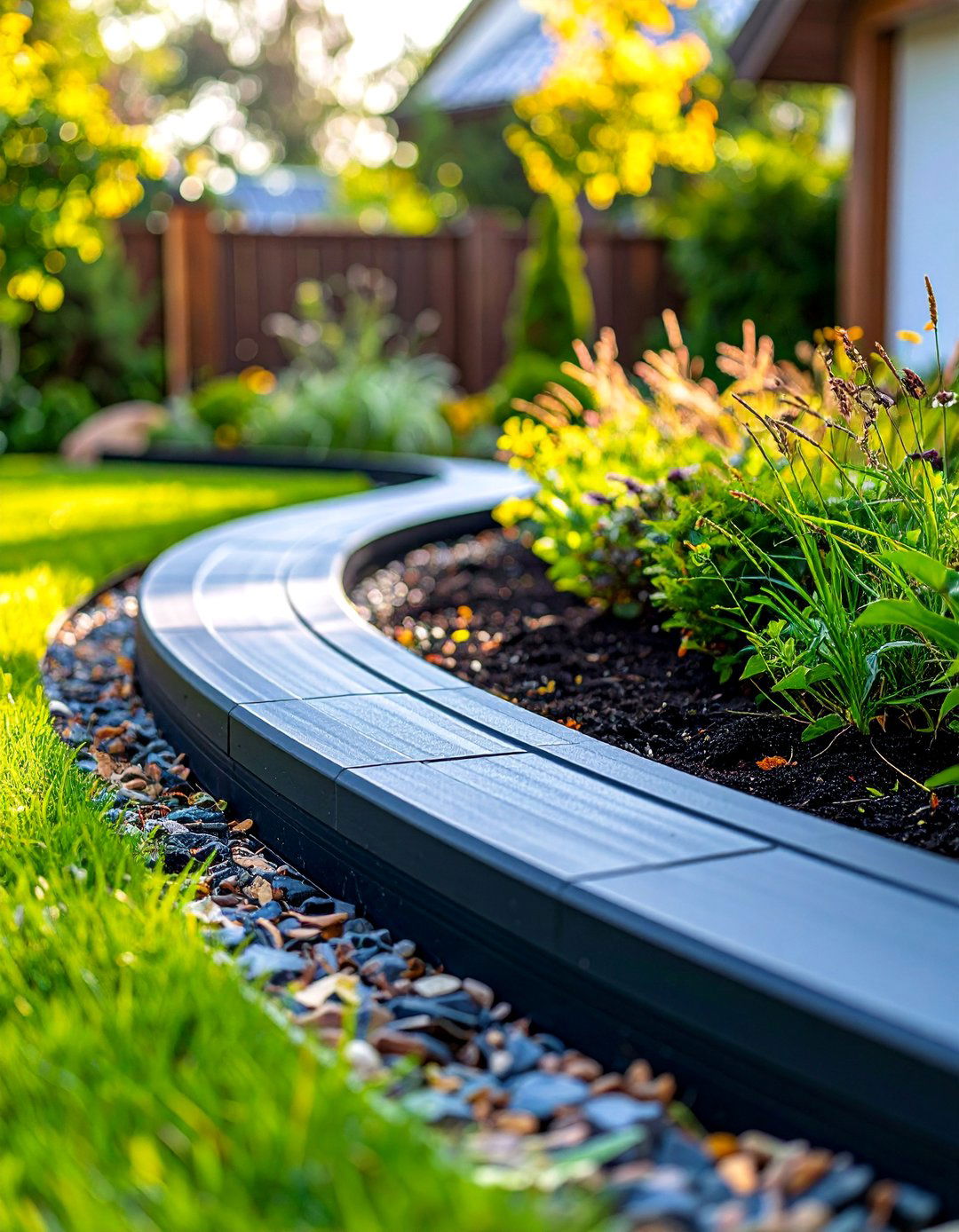
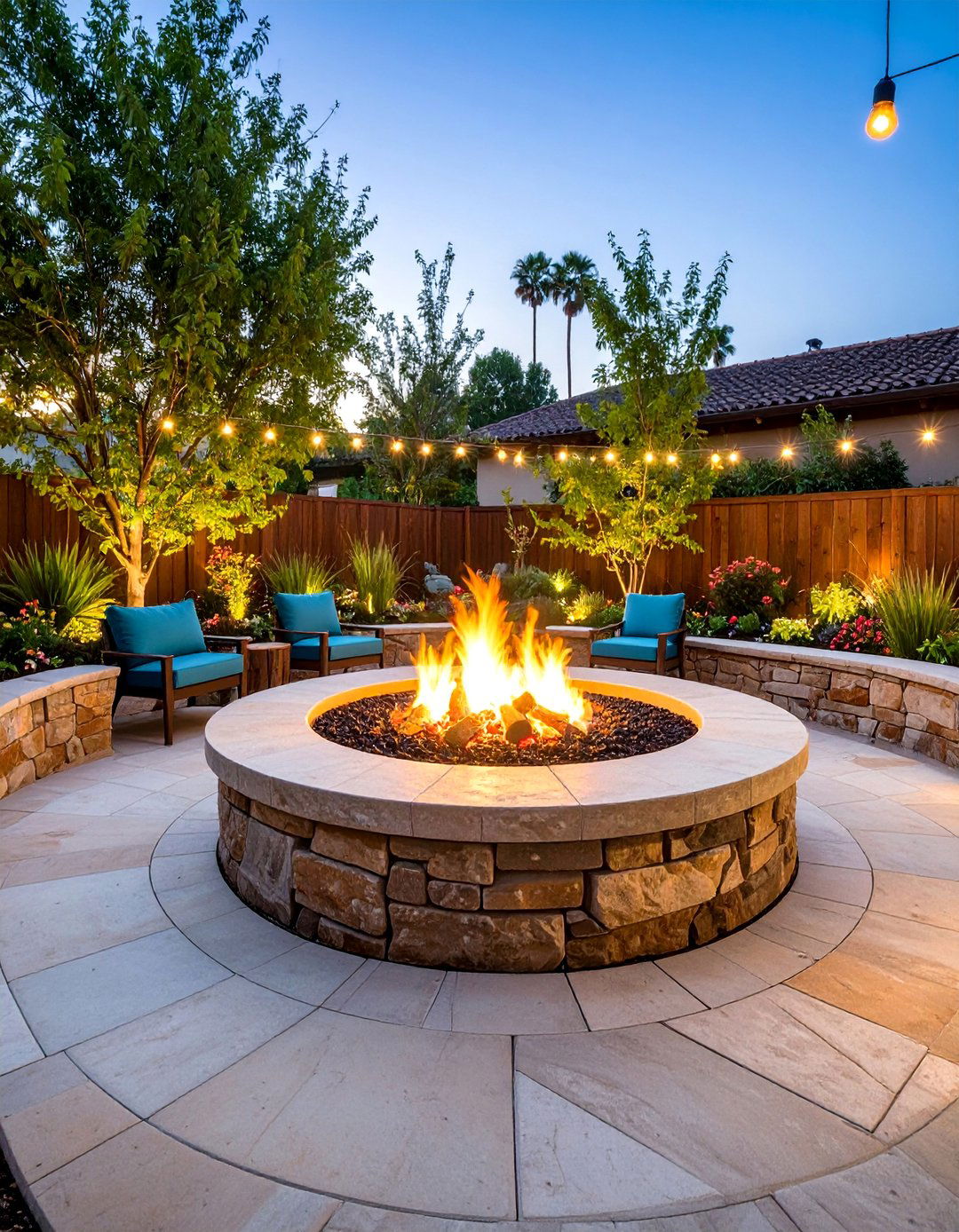
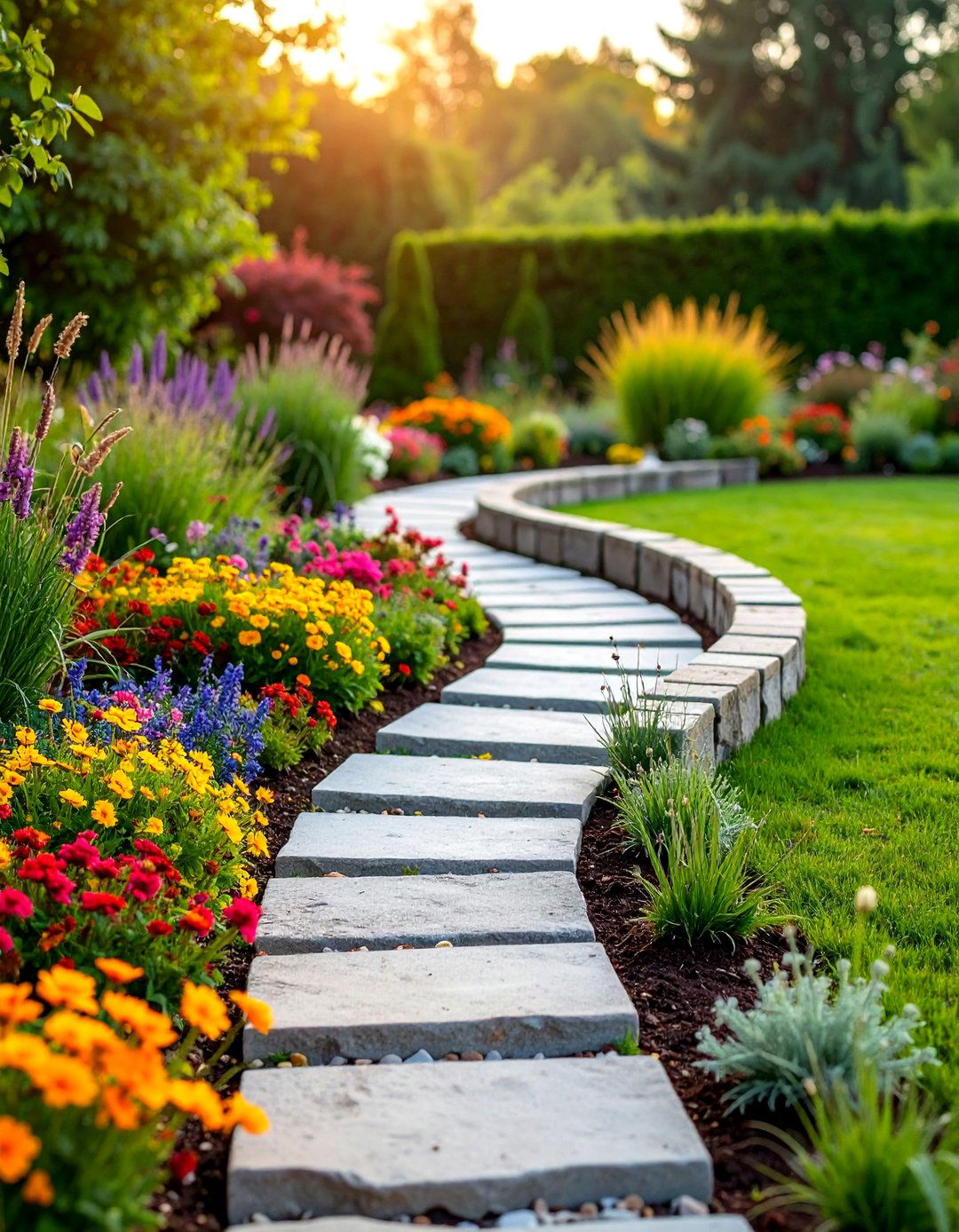

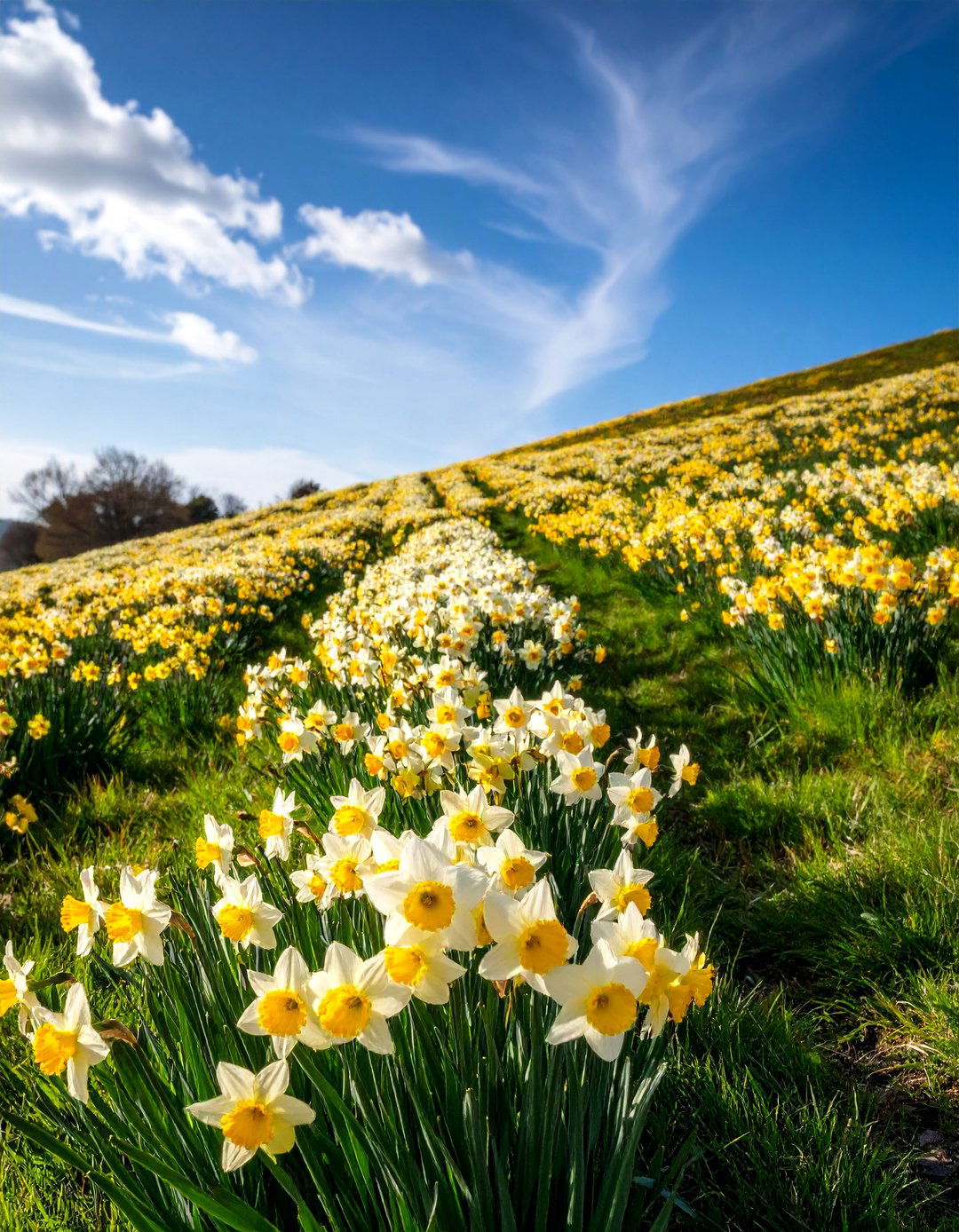

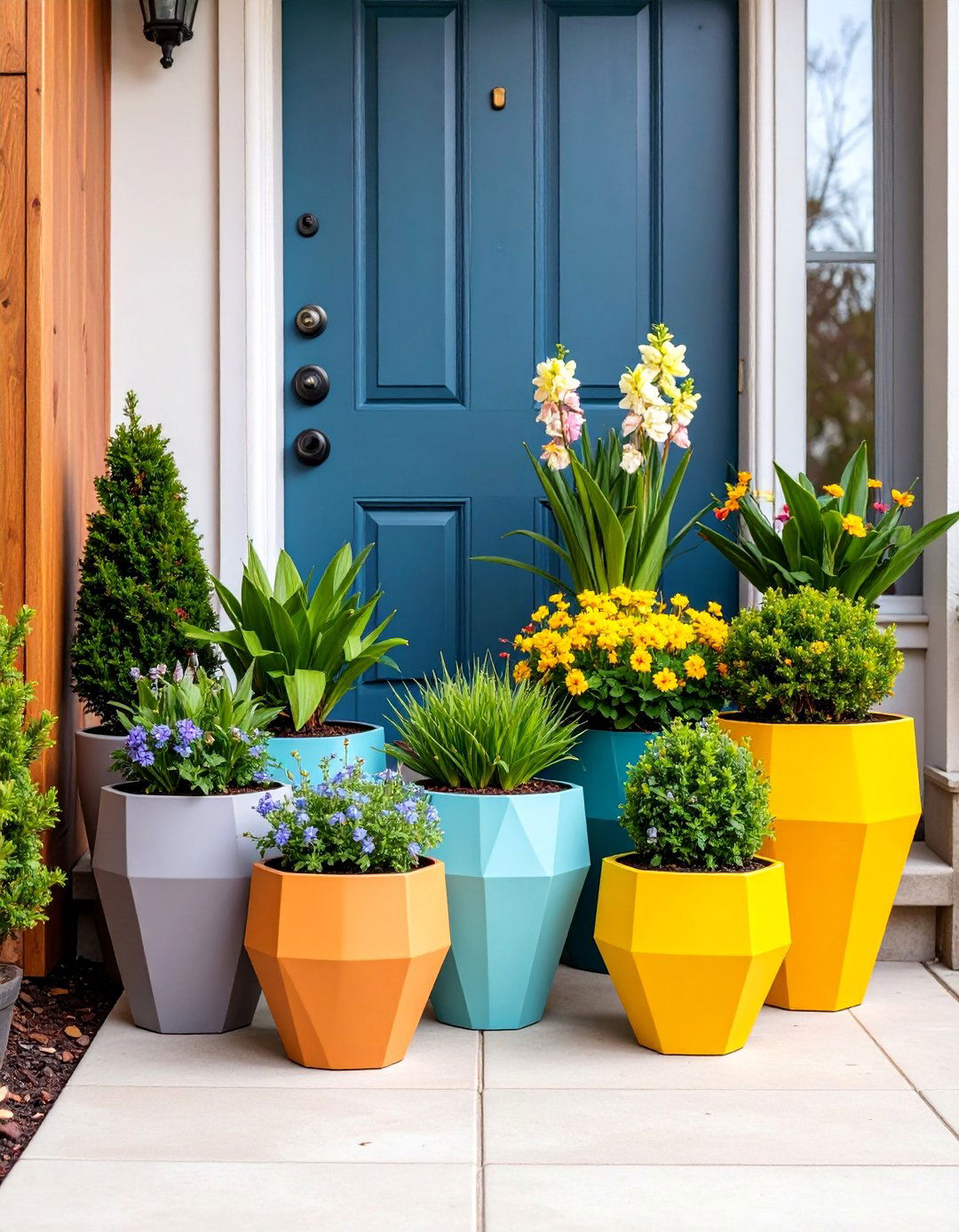
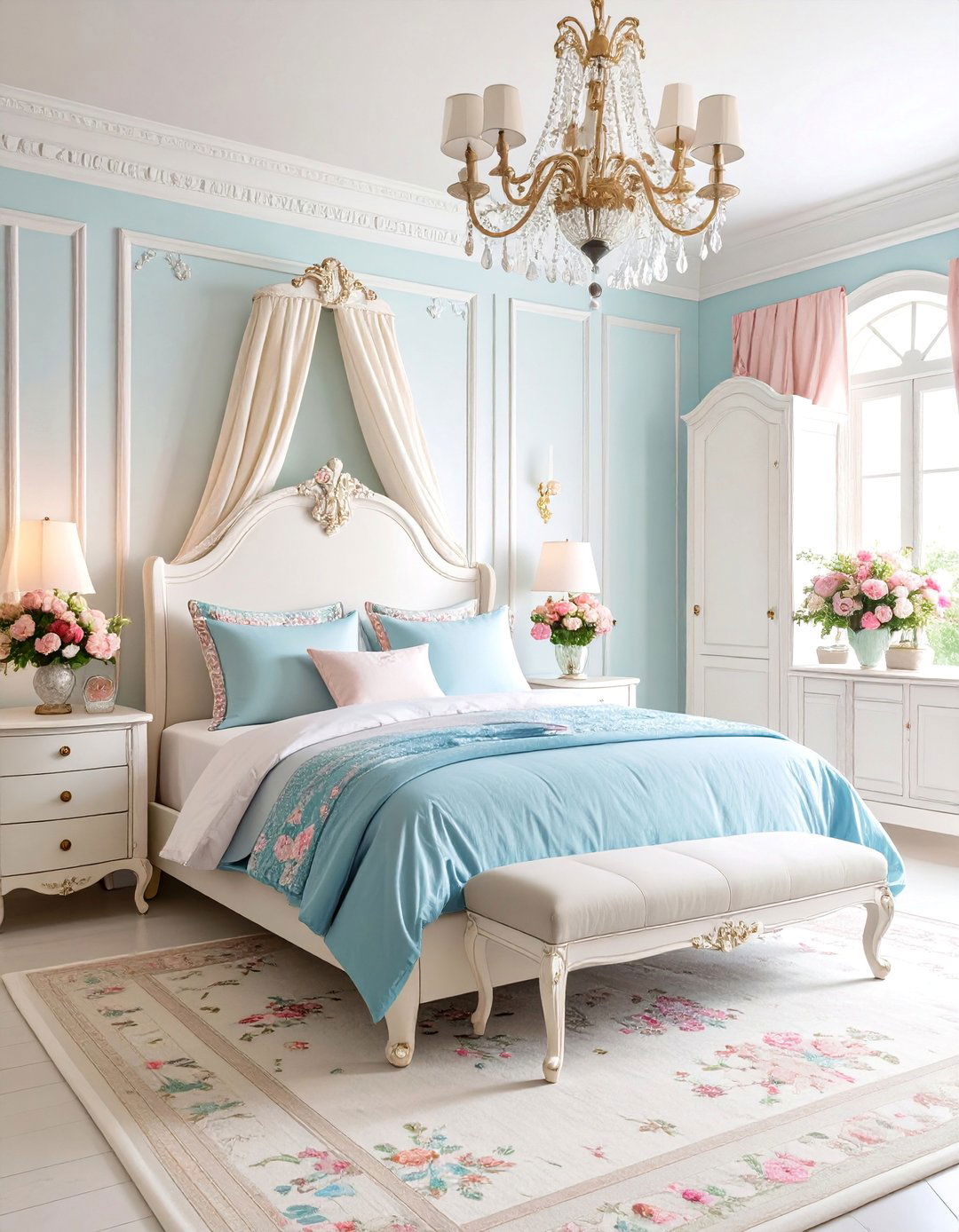
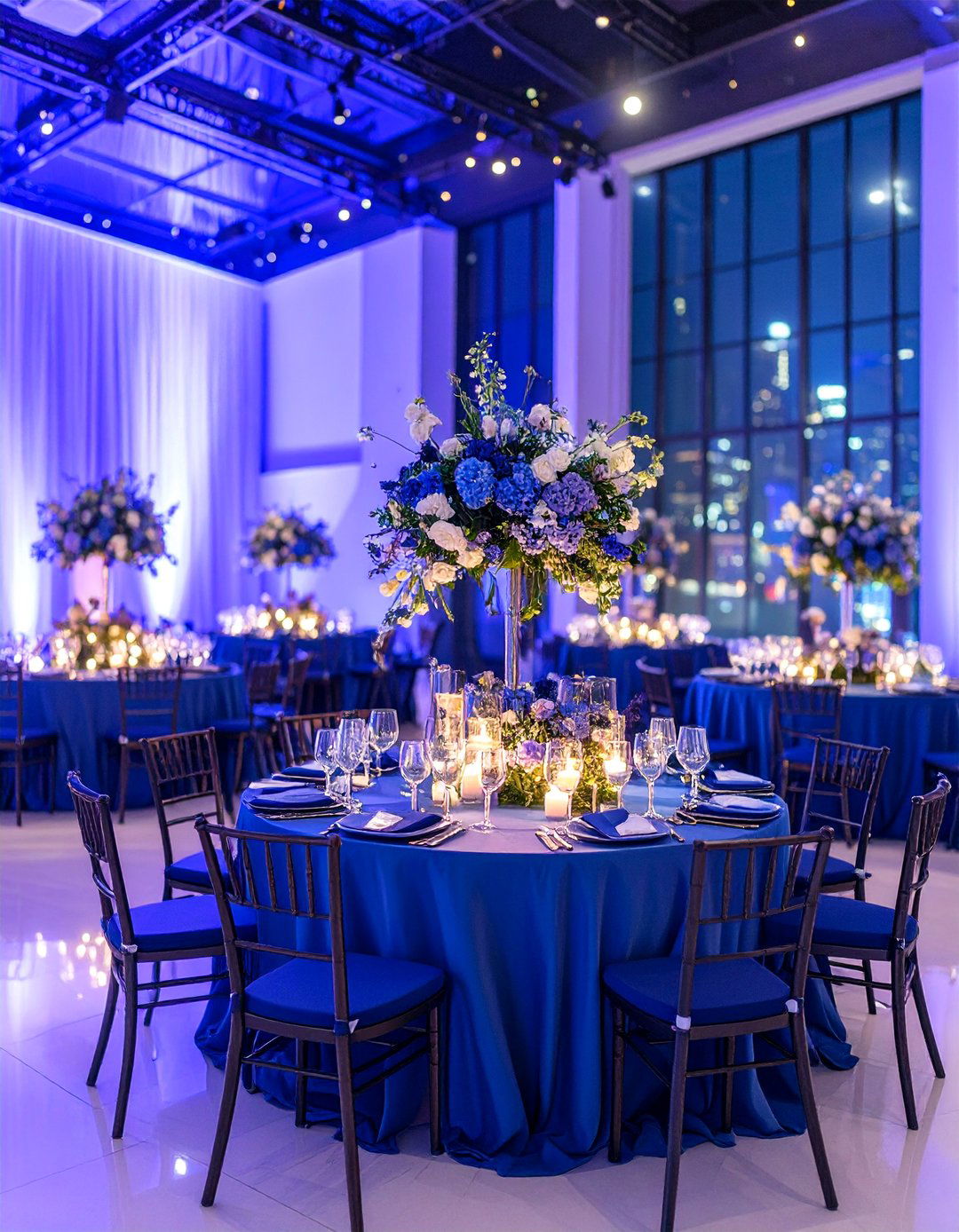
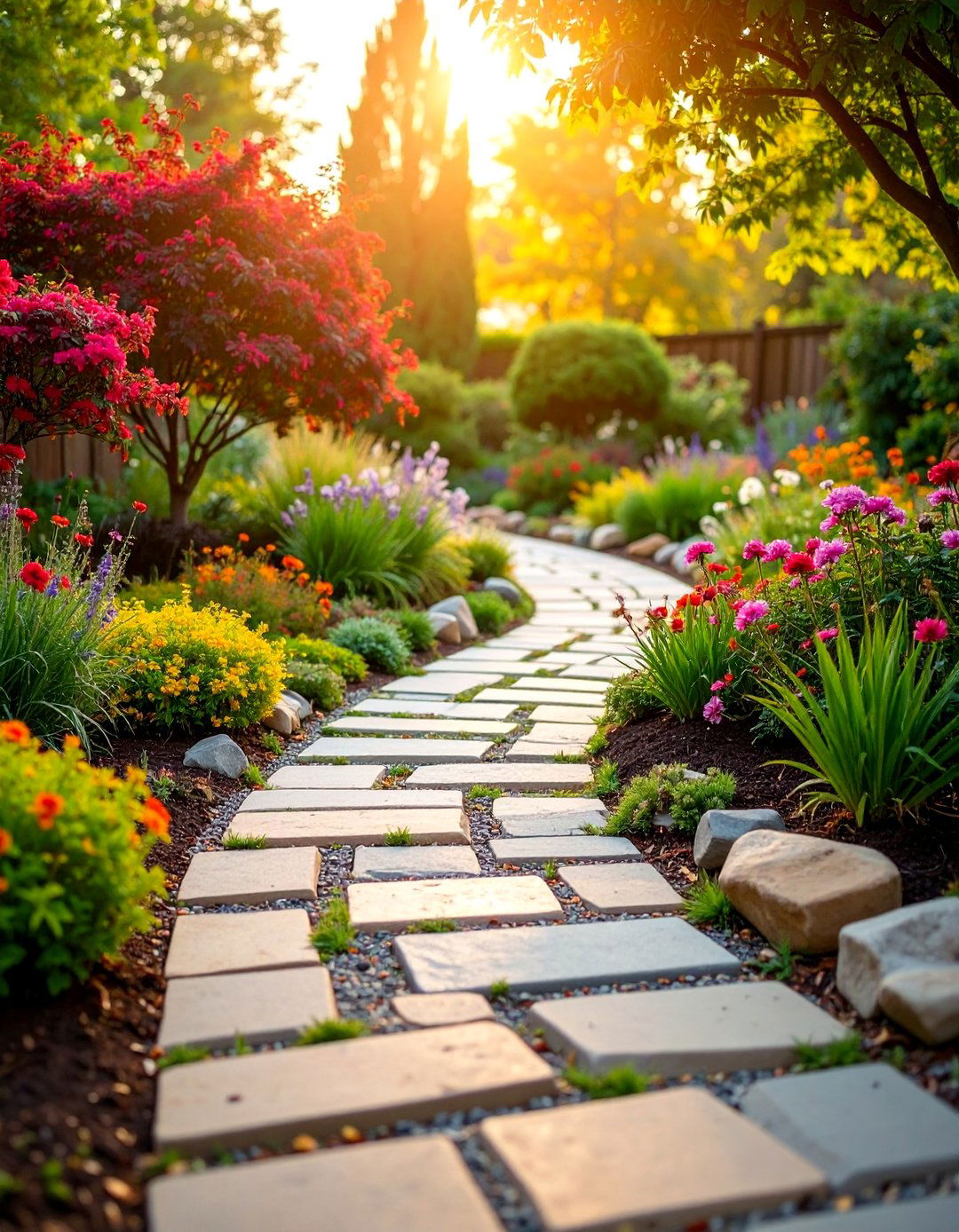


Leave a Reply